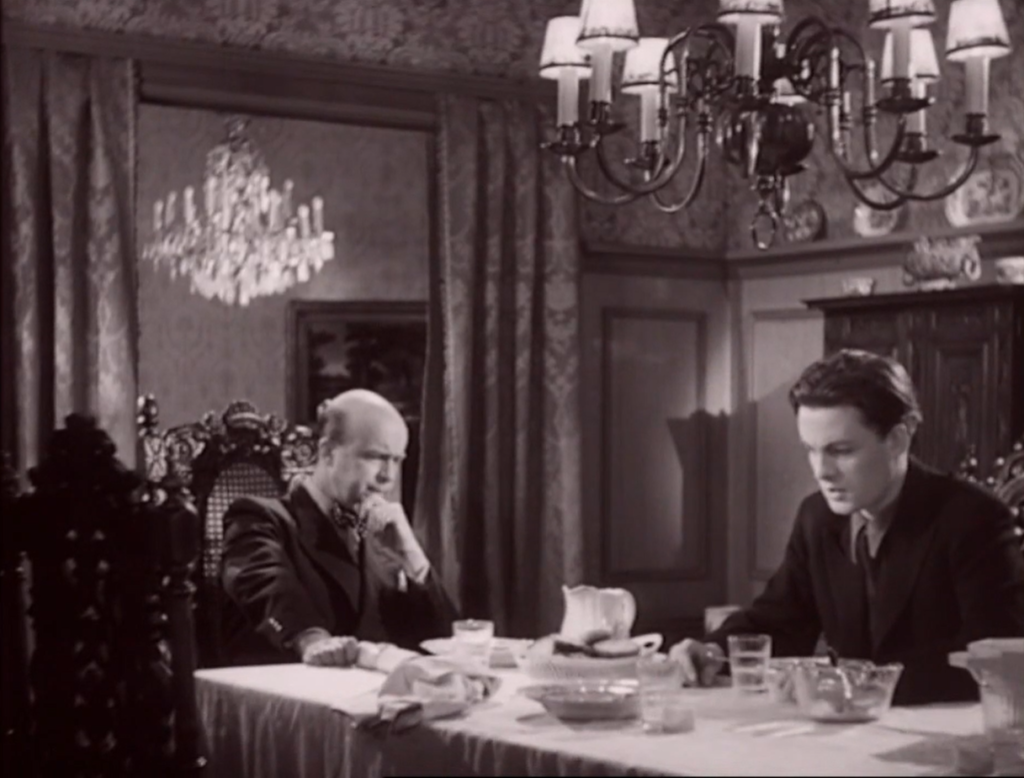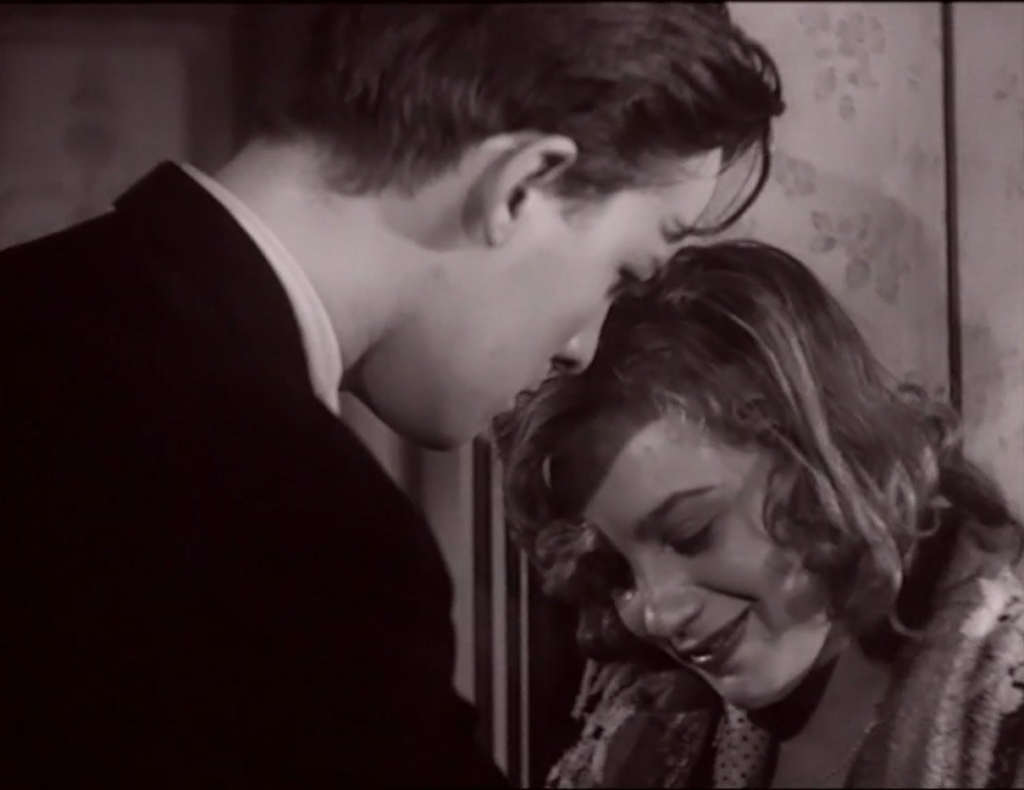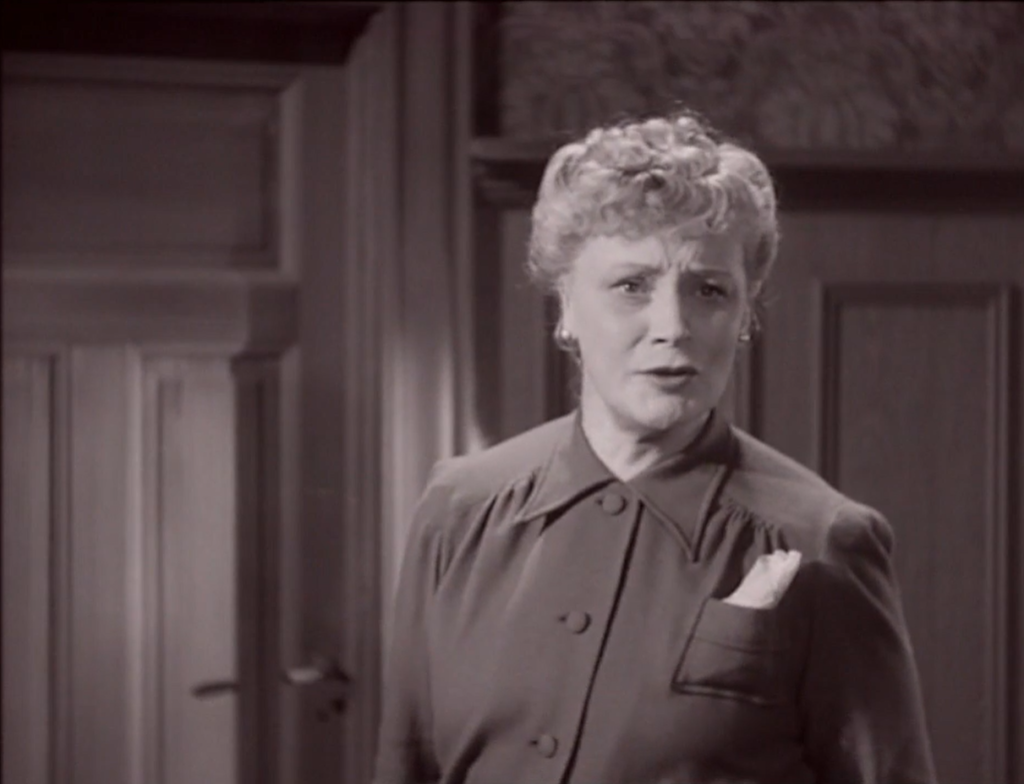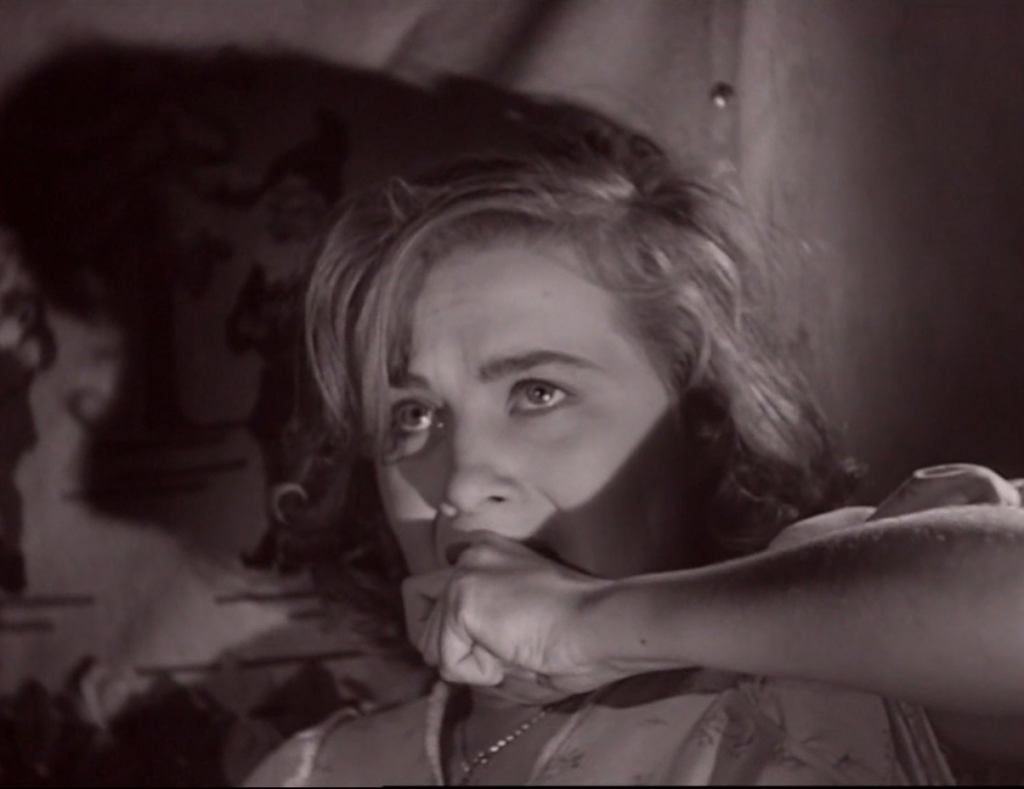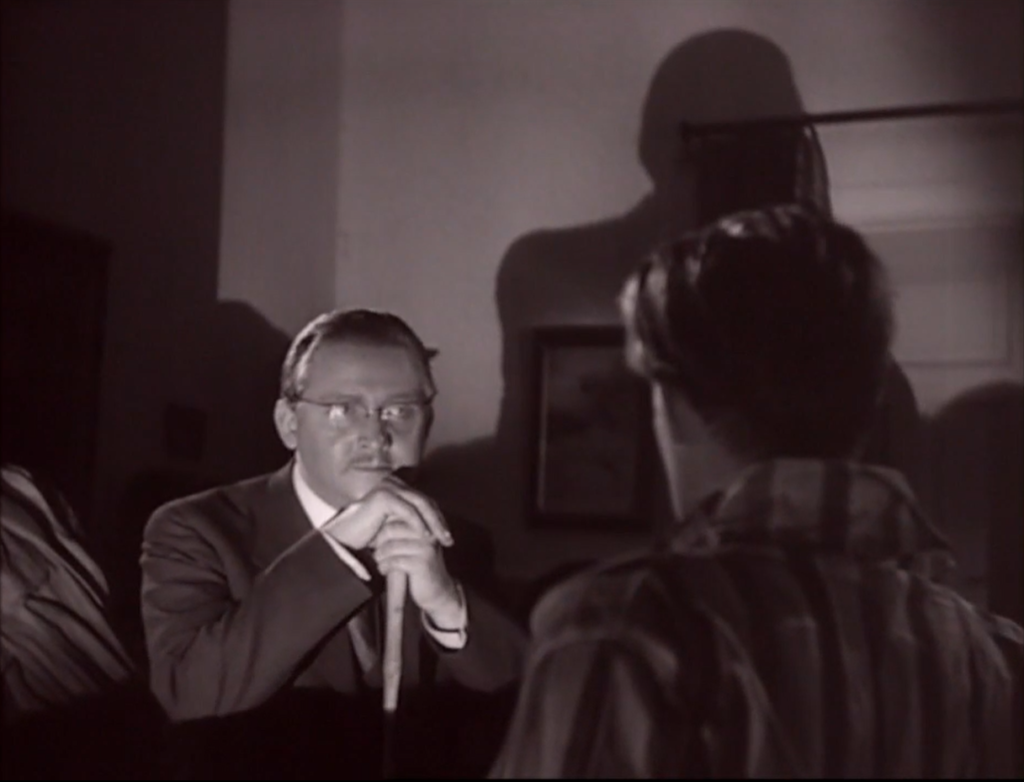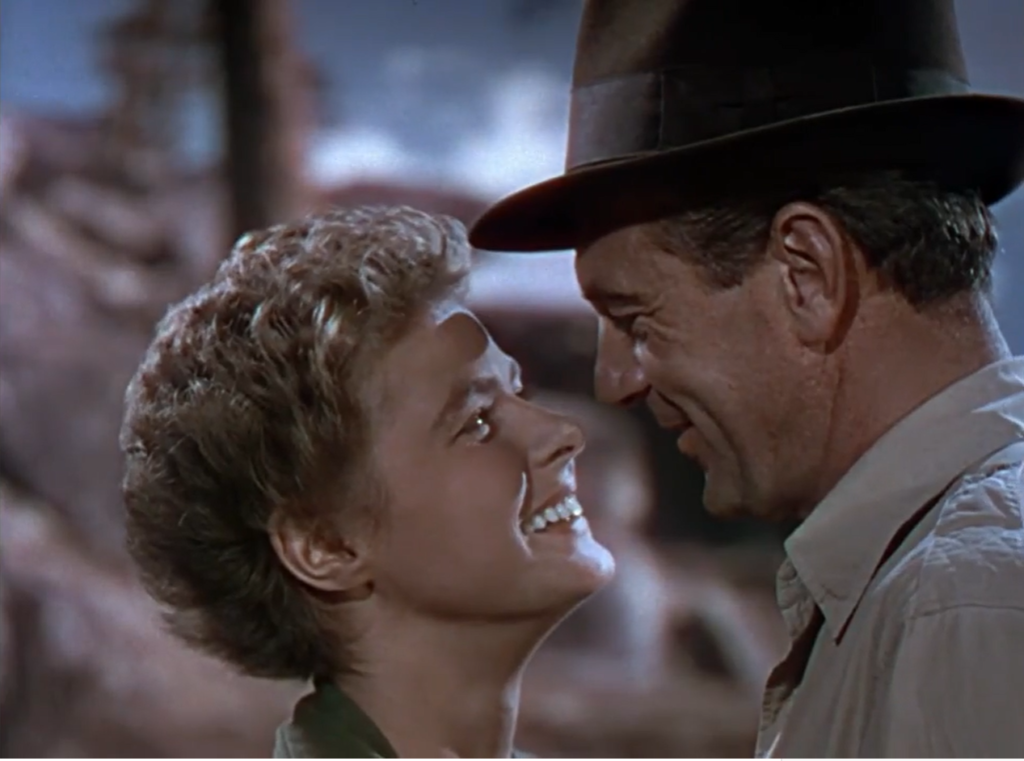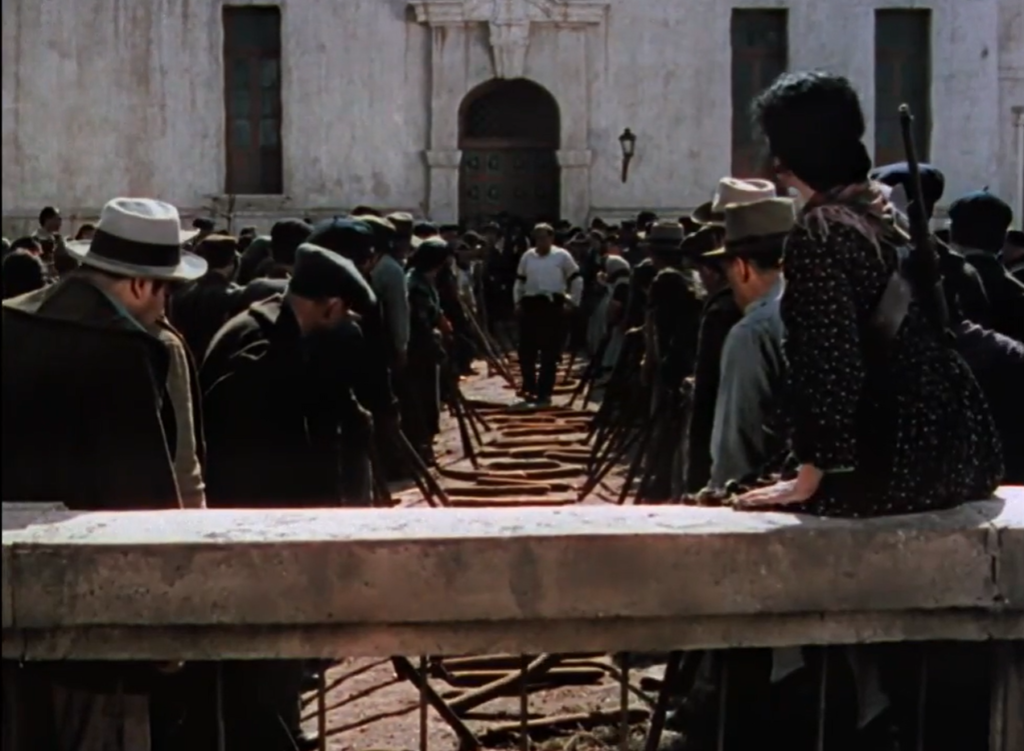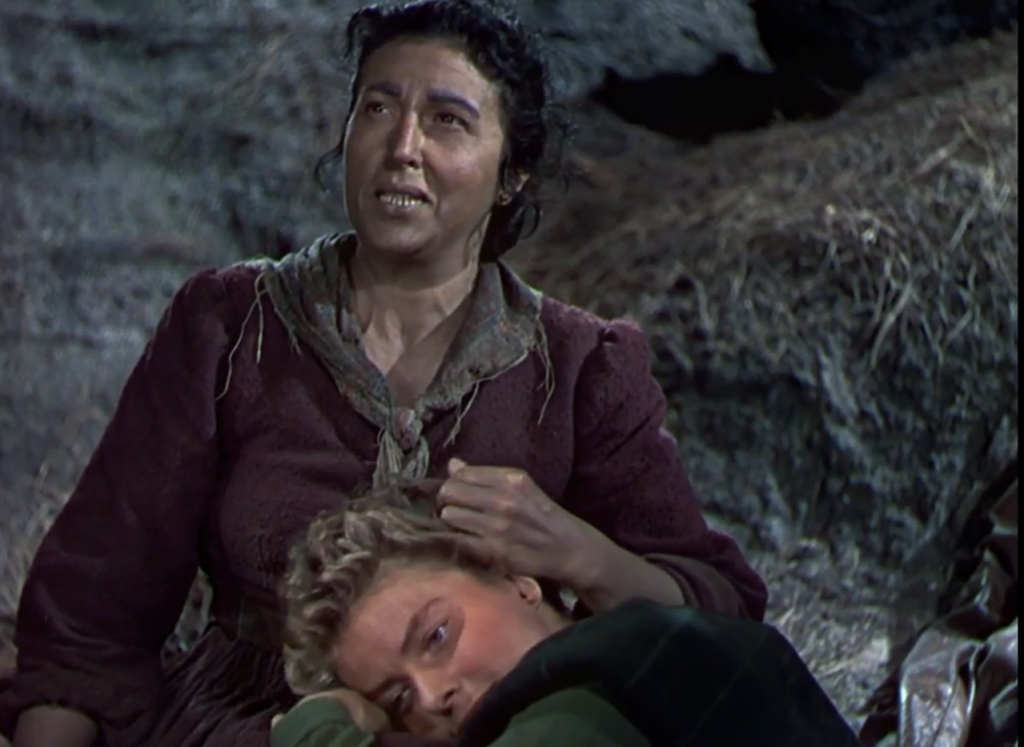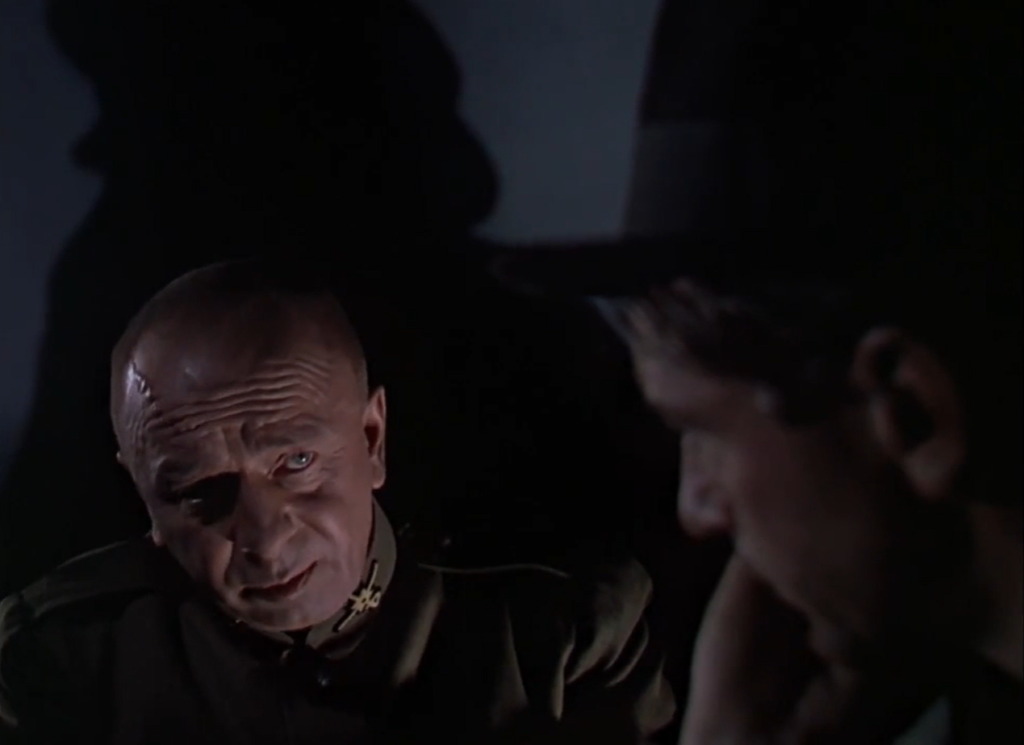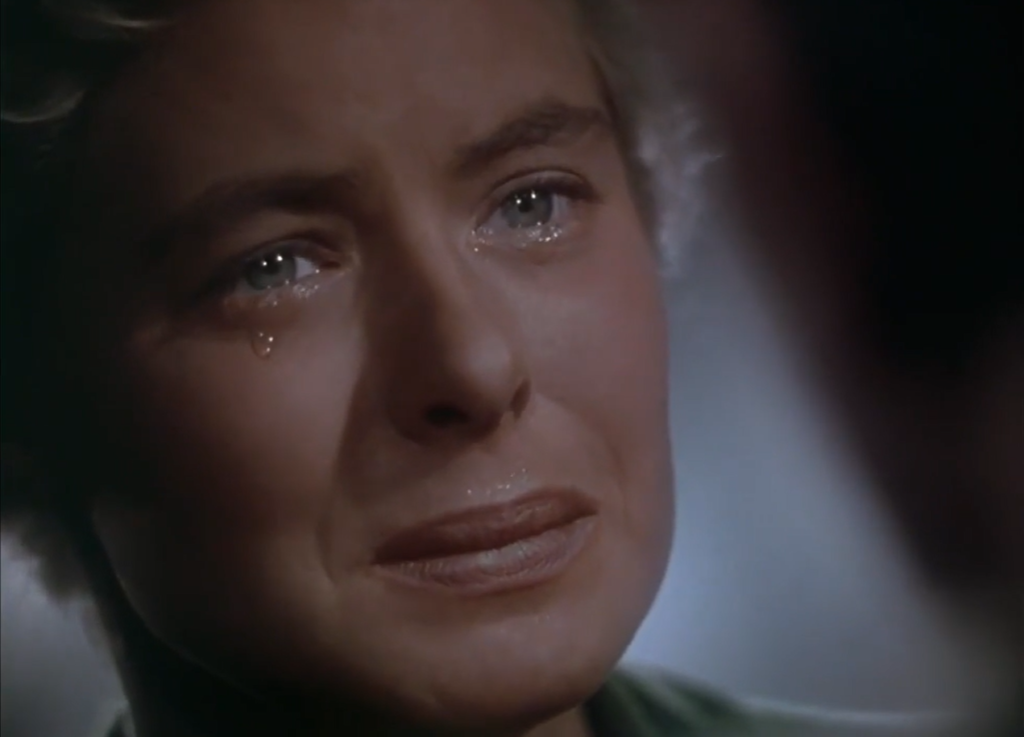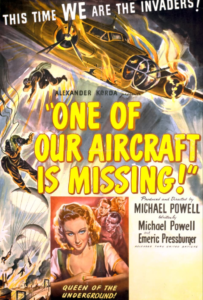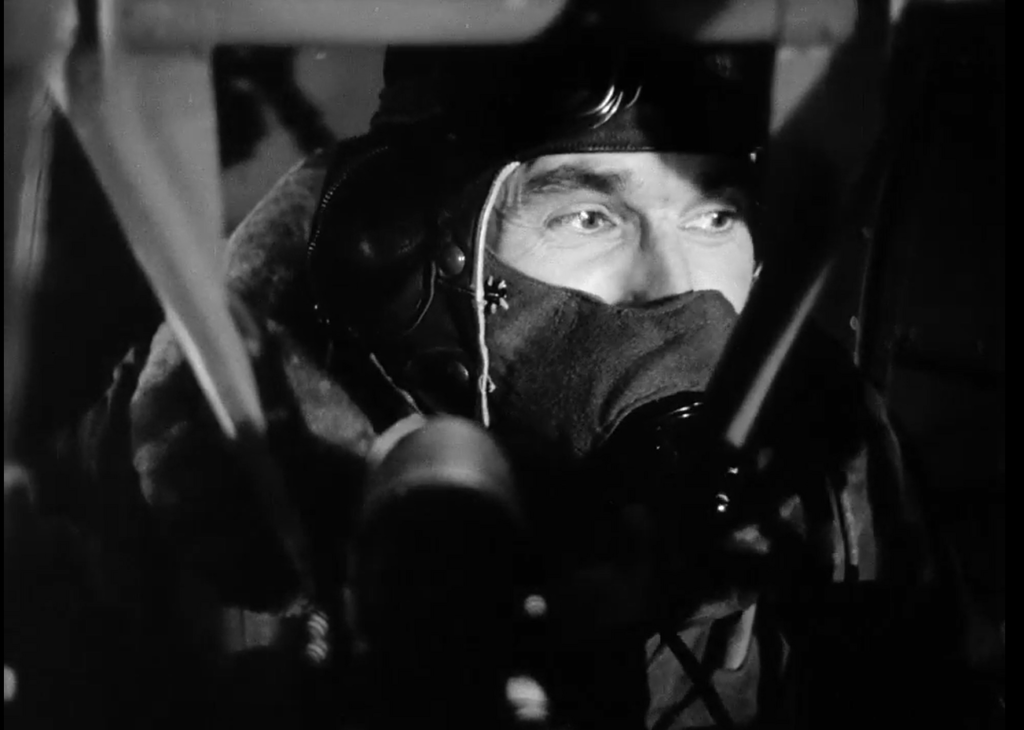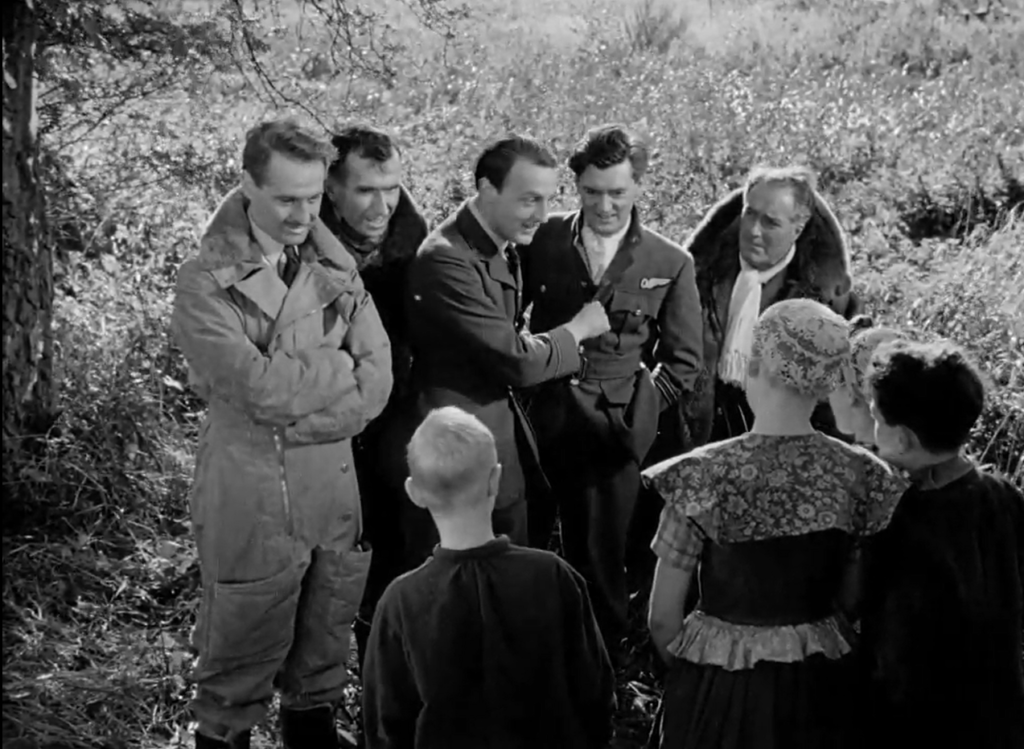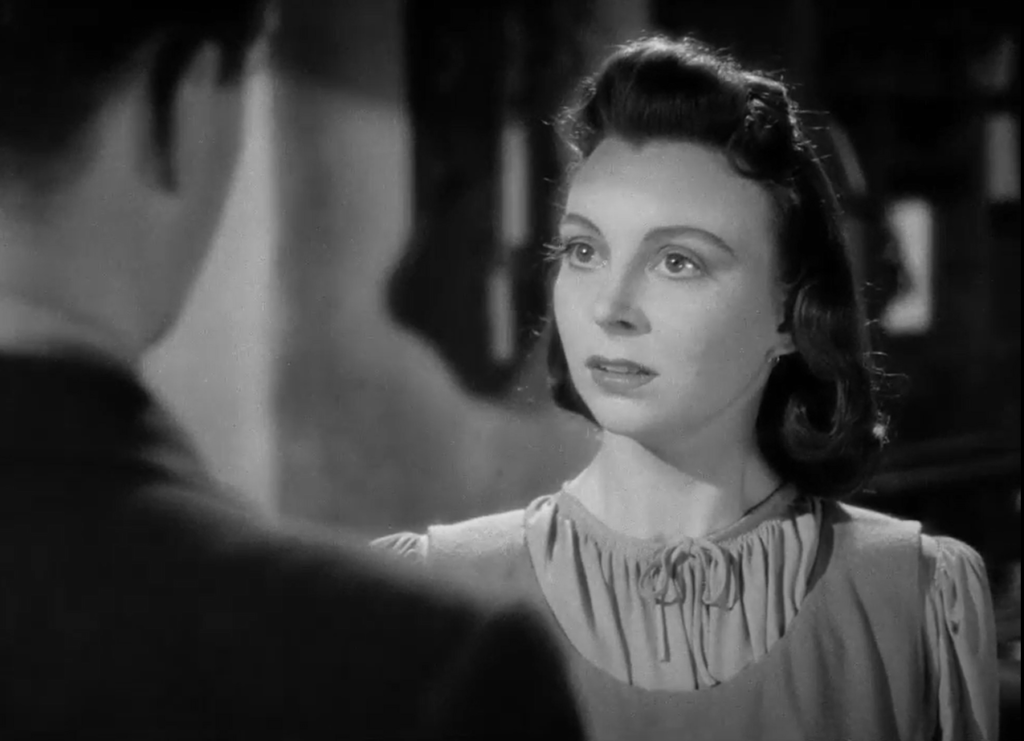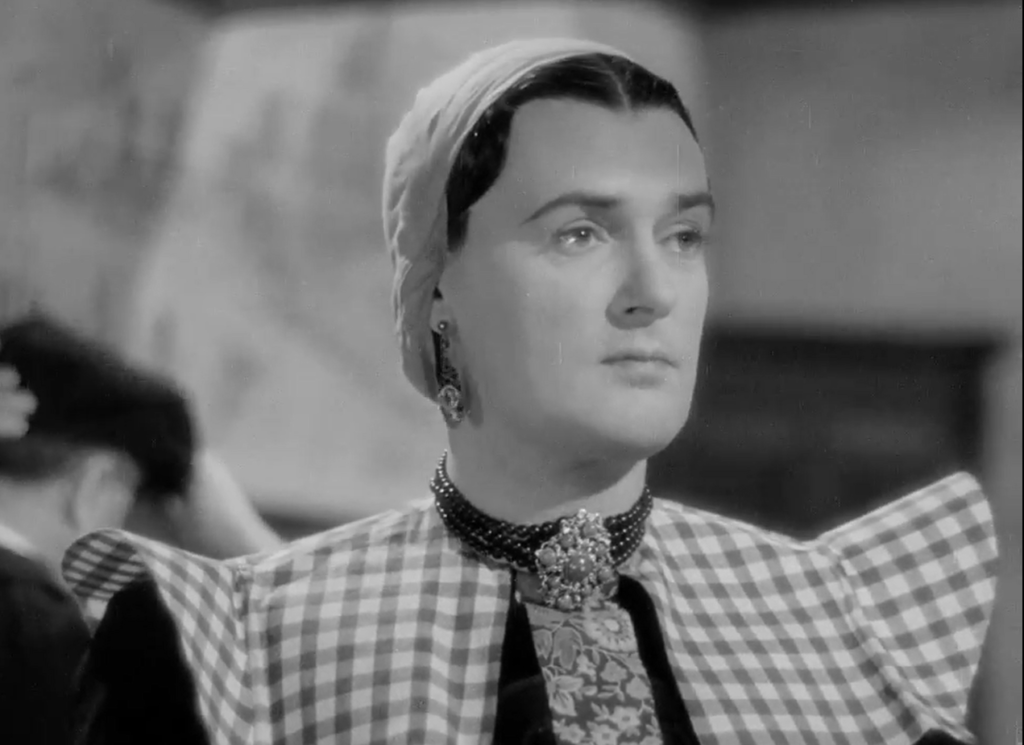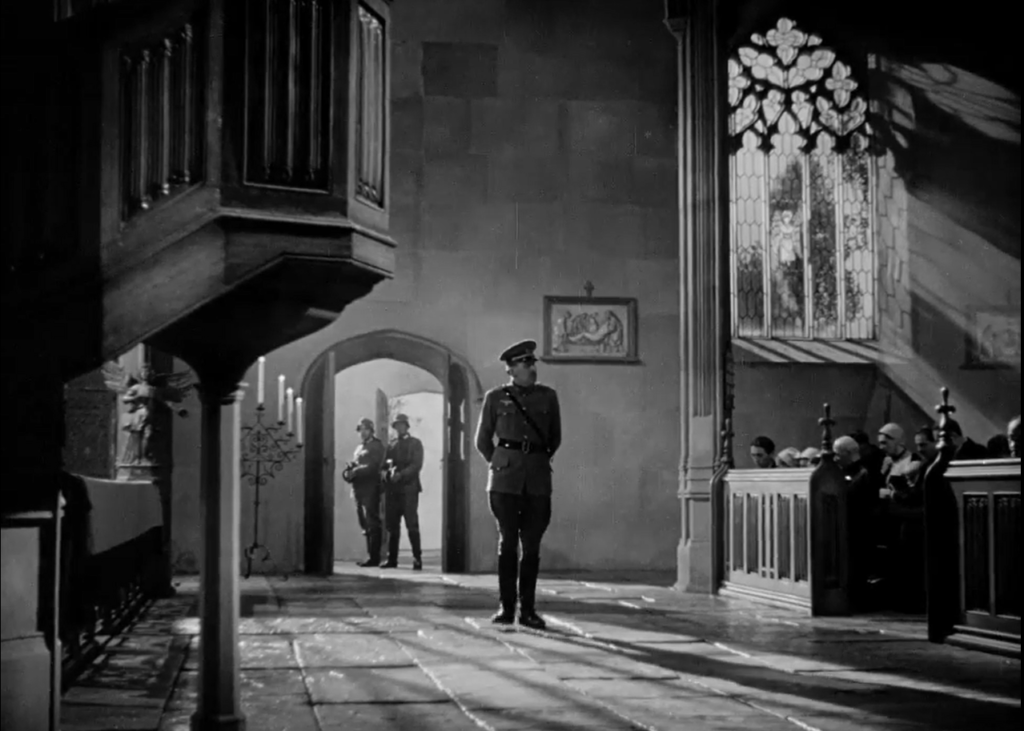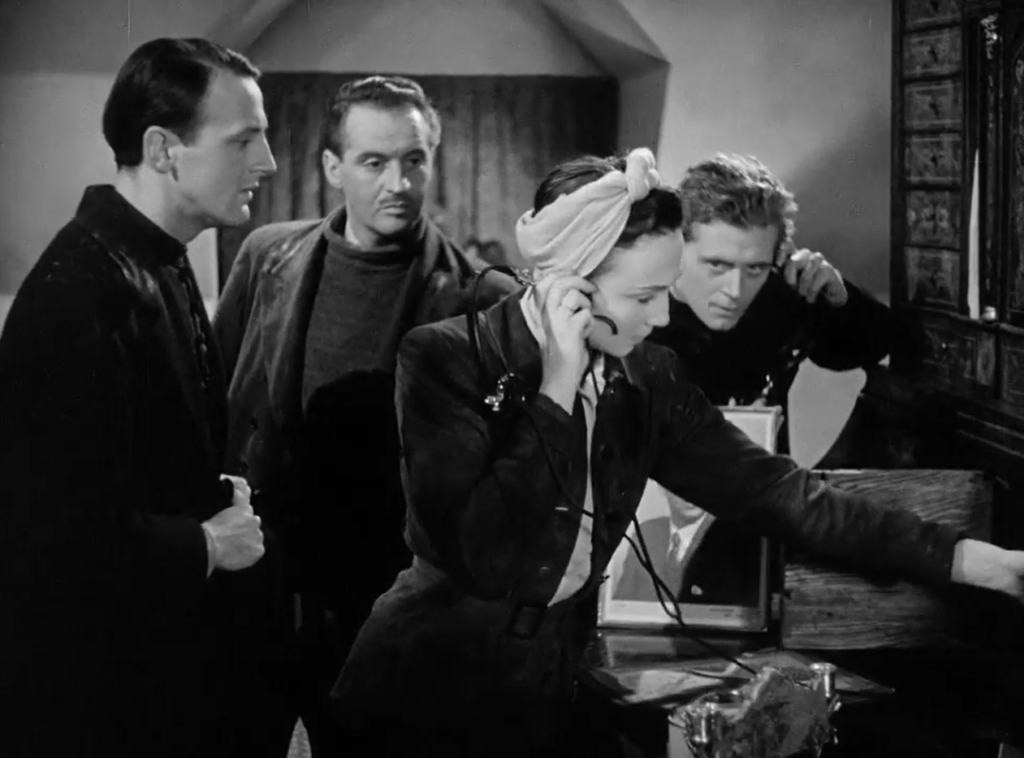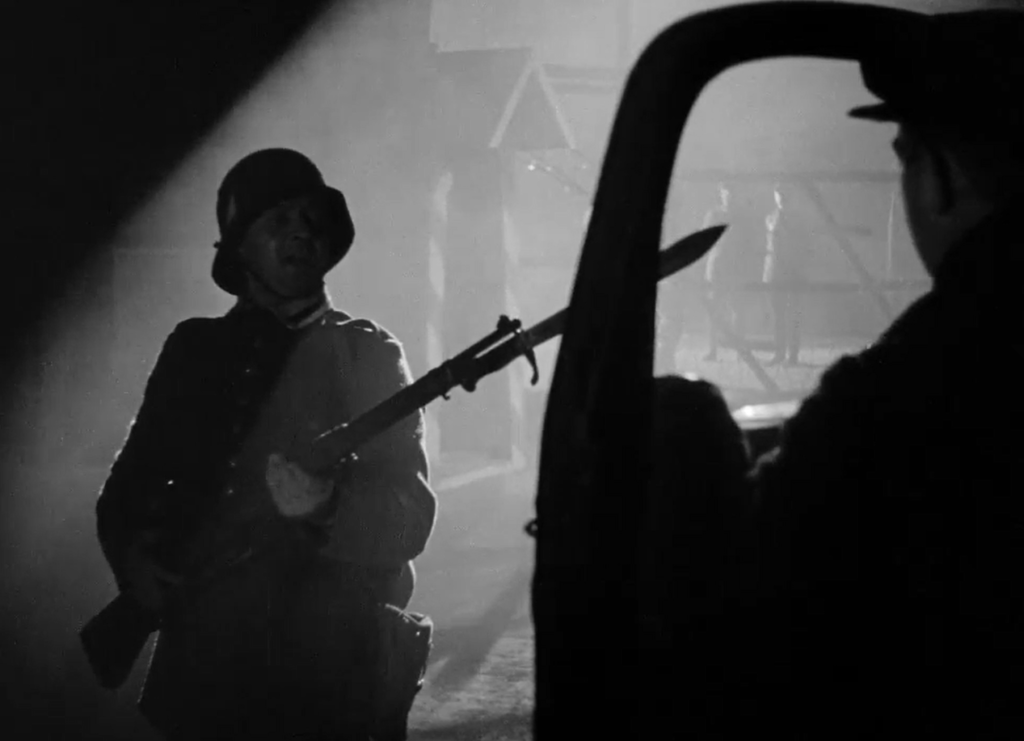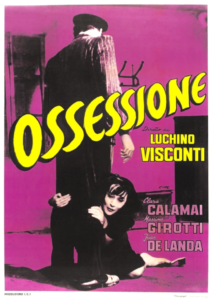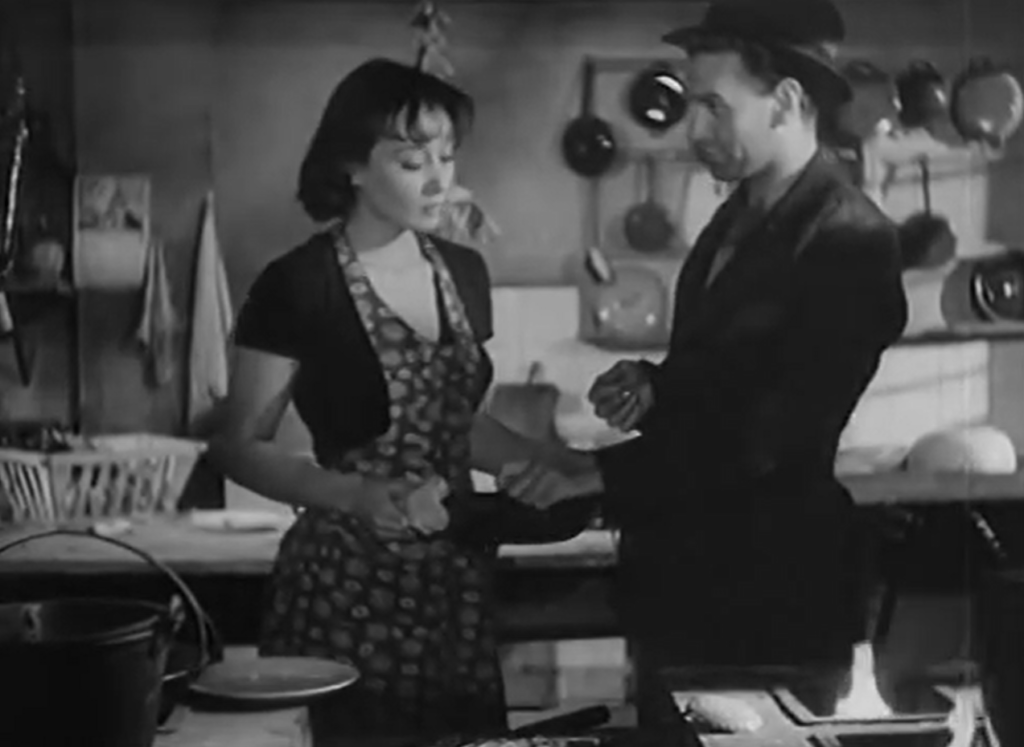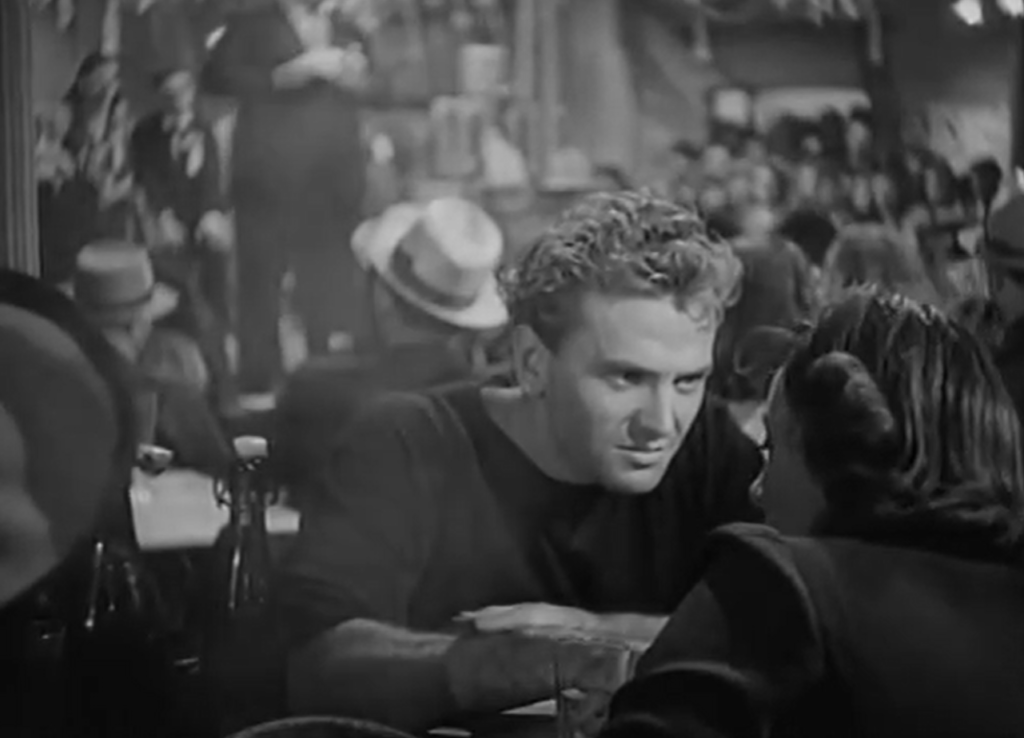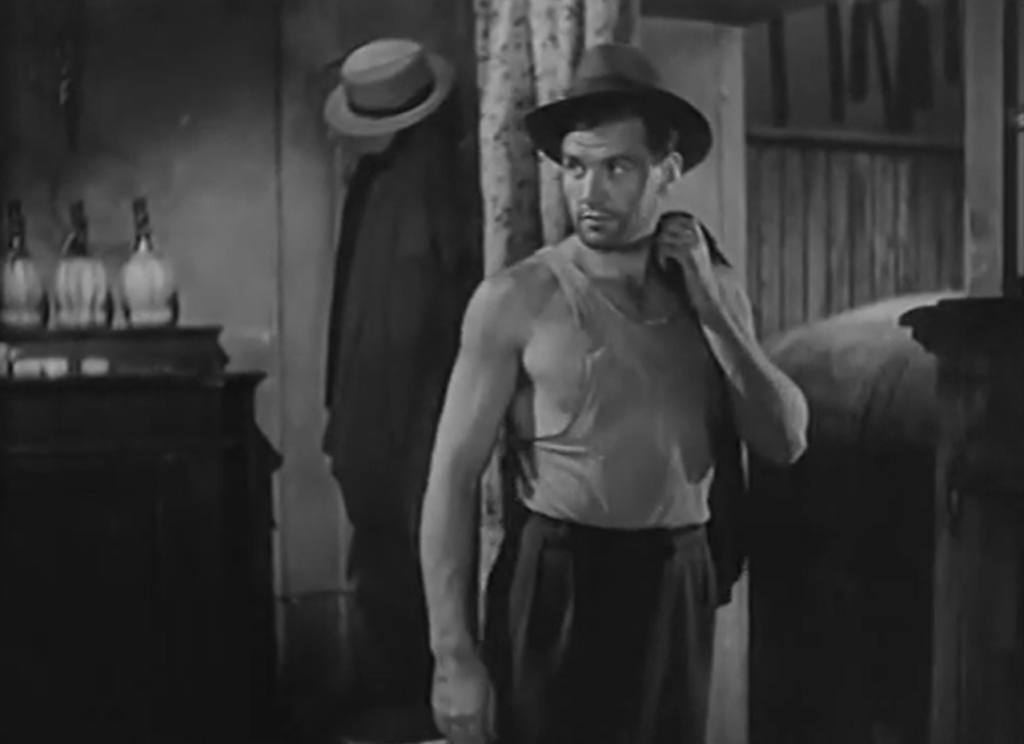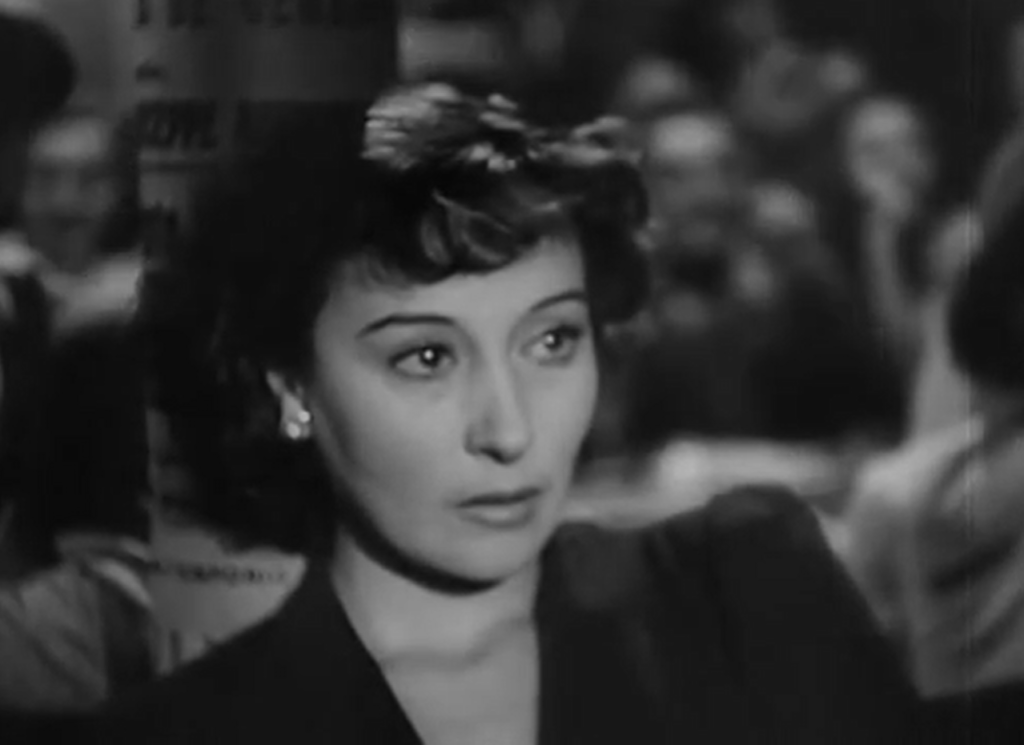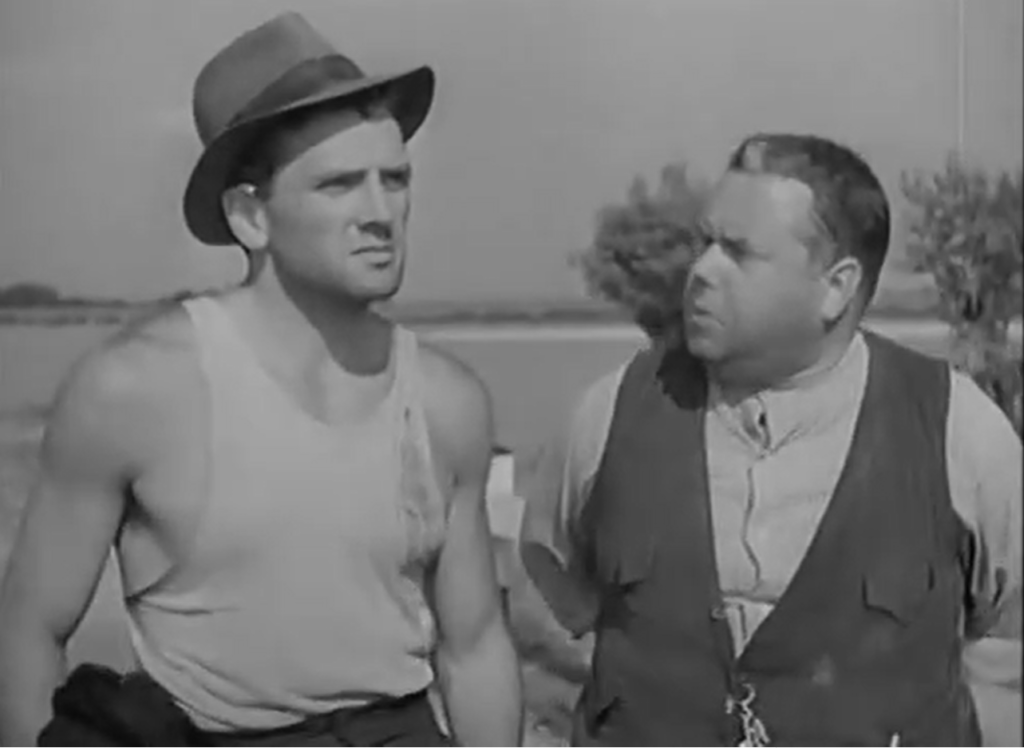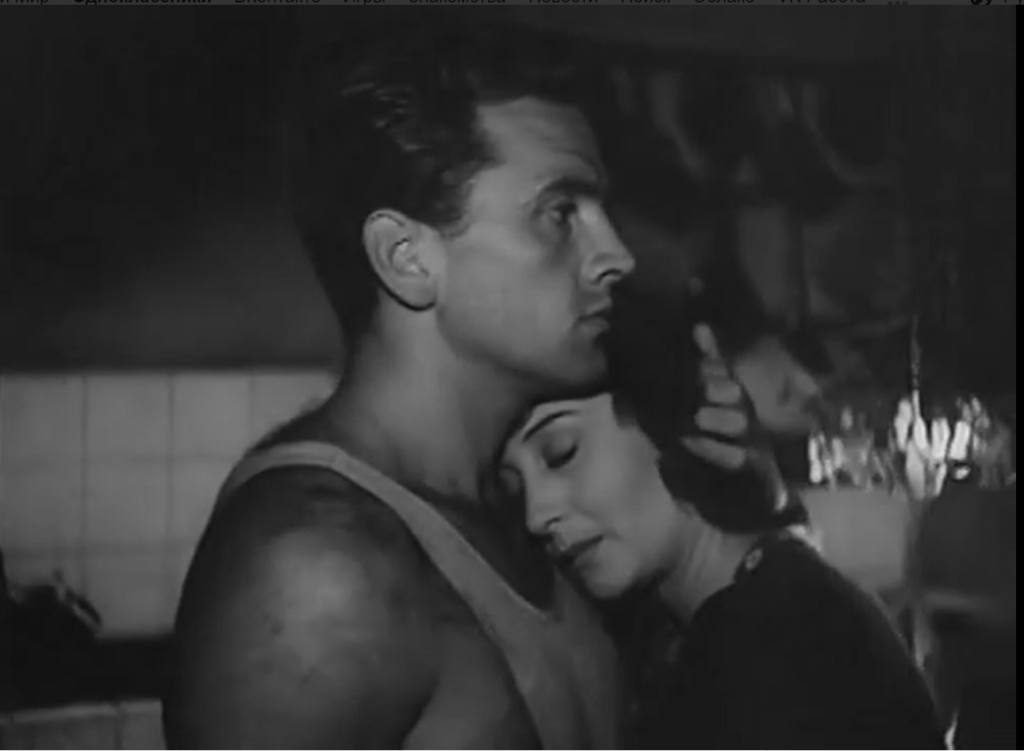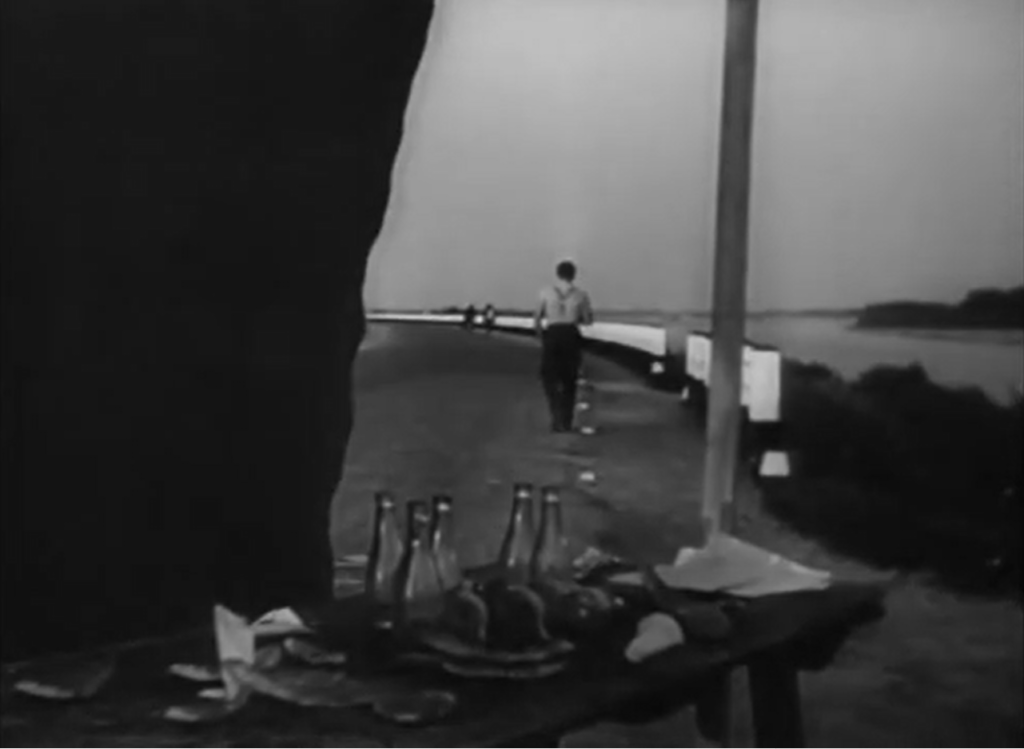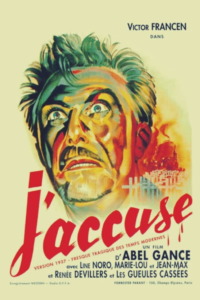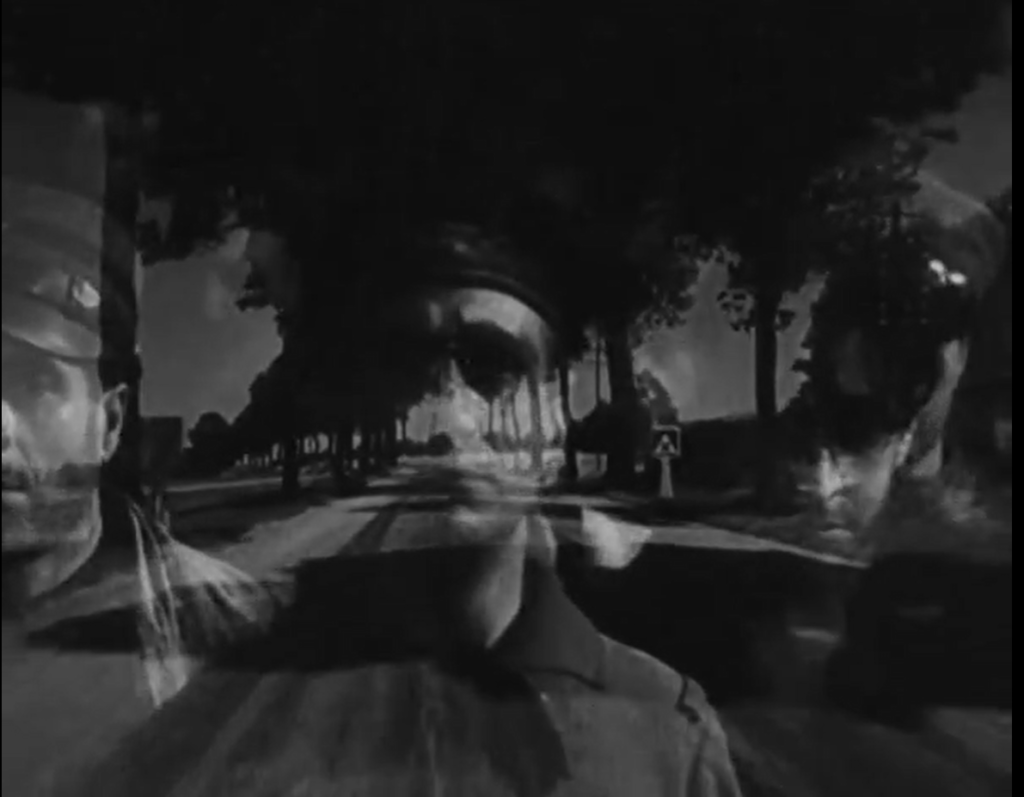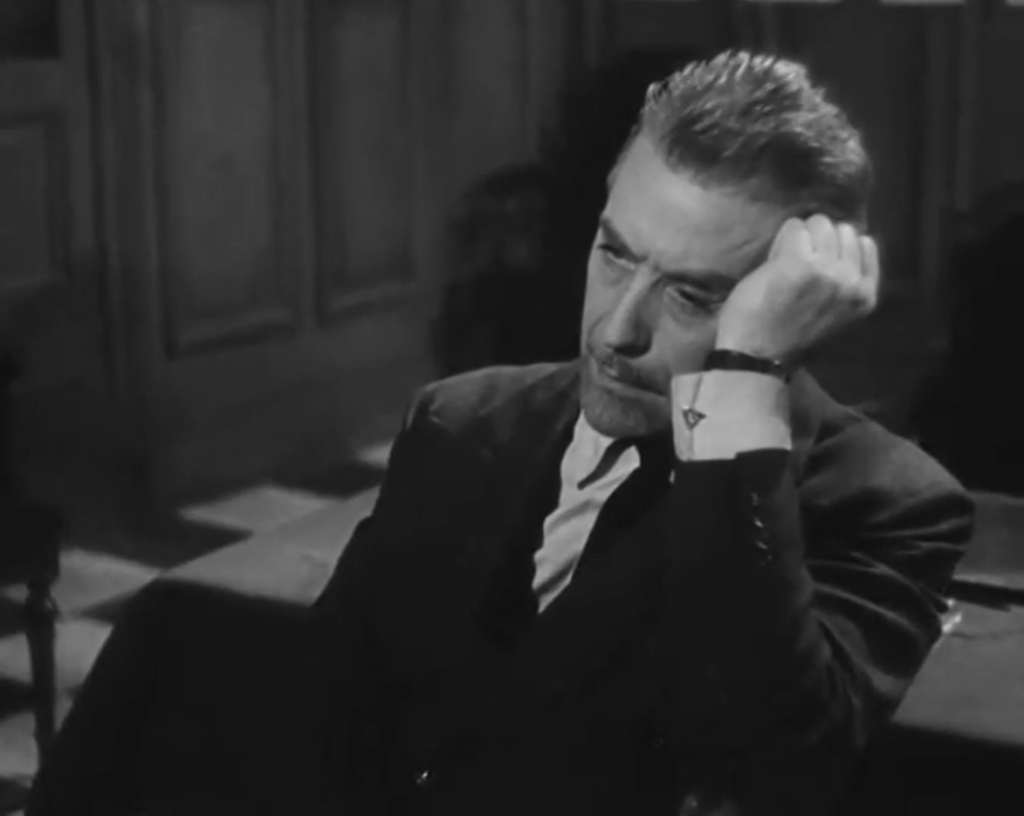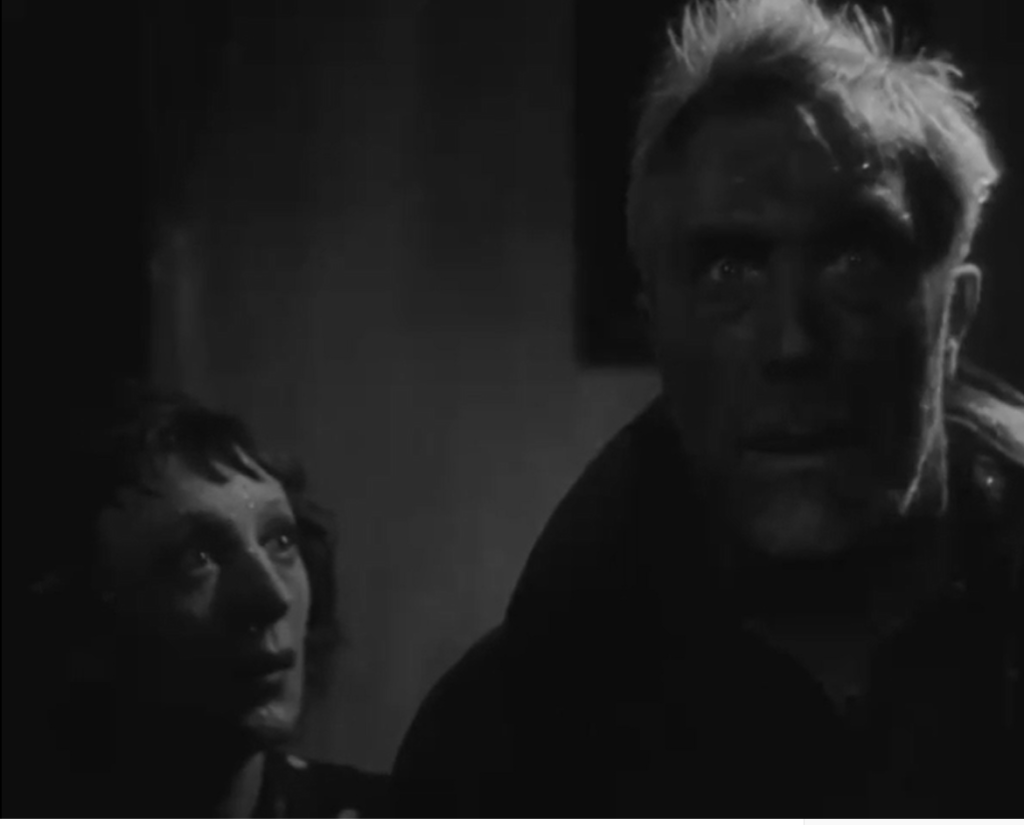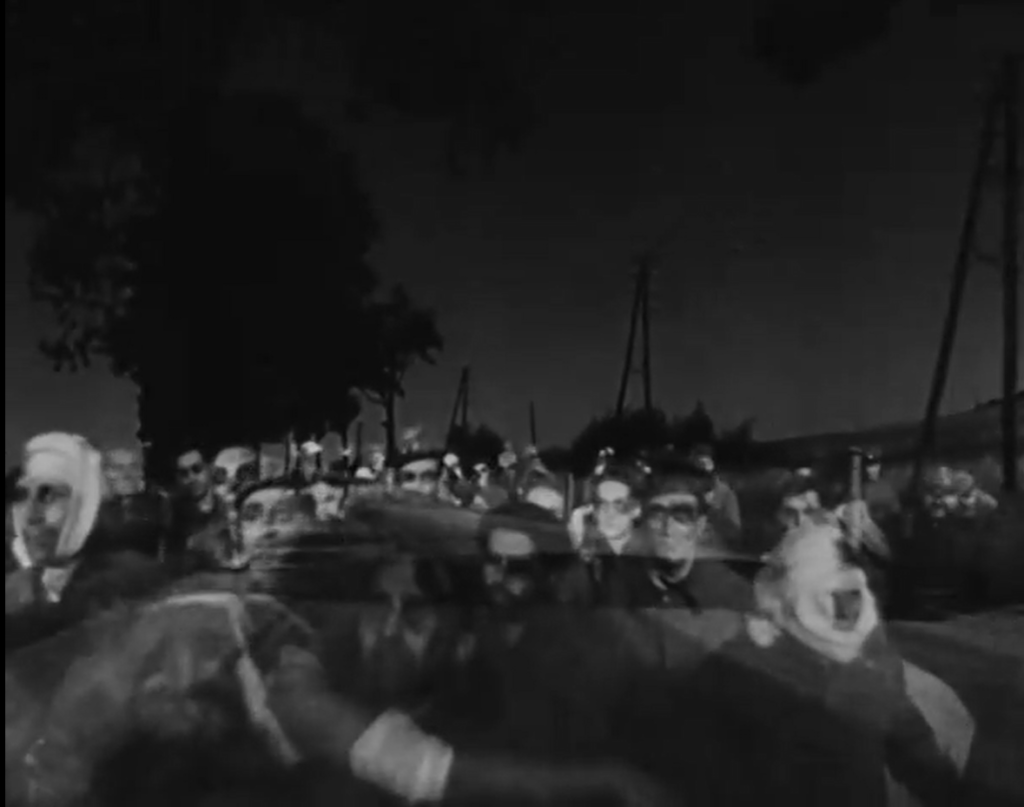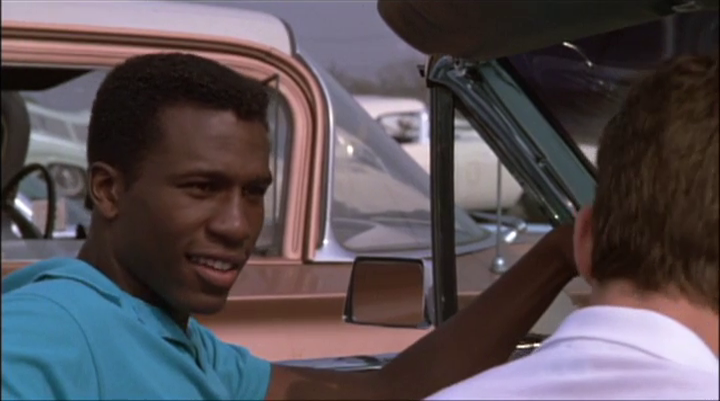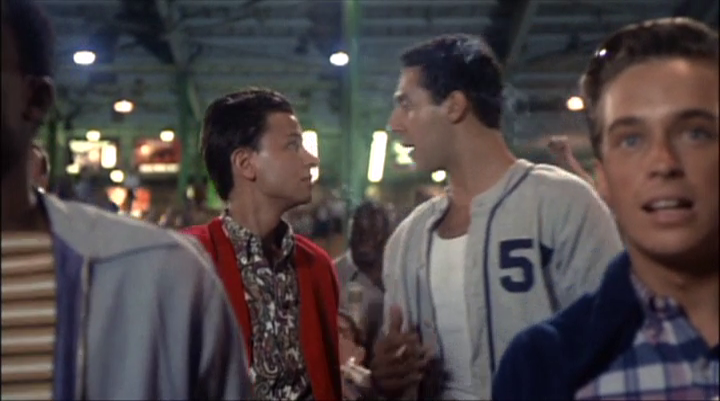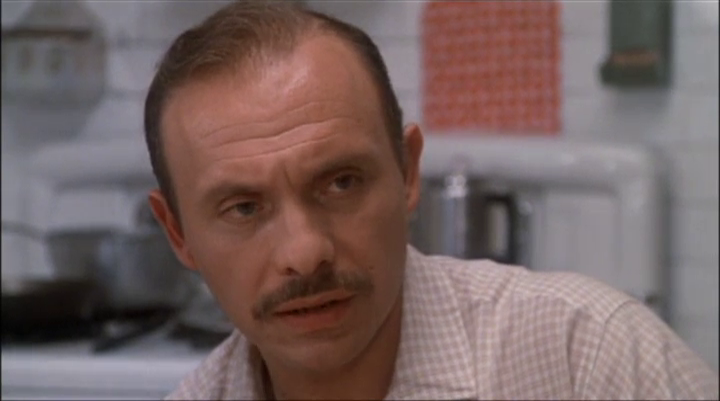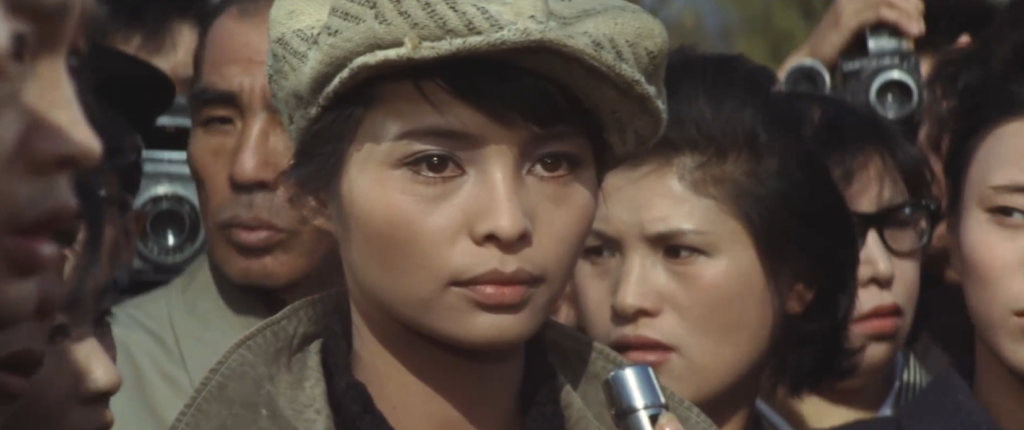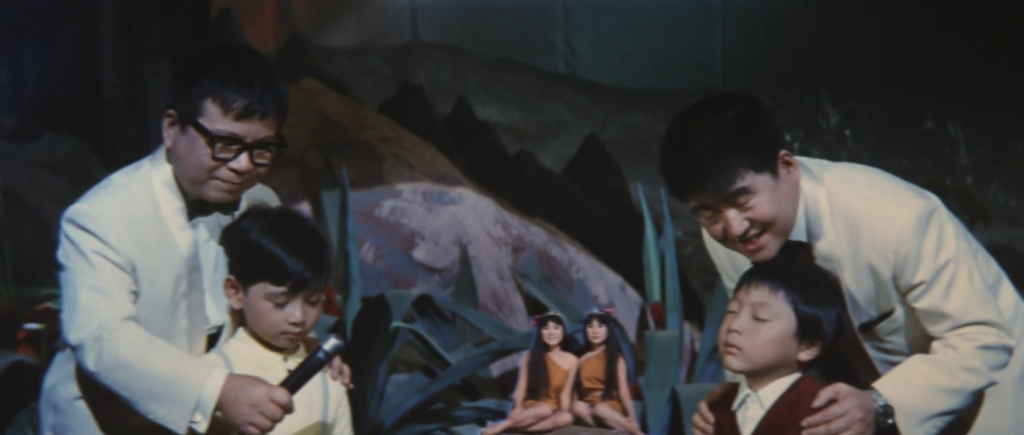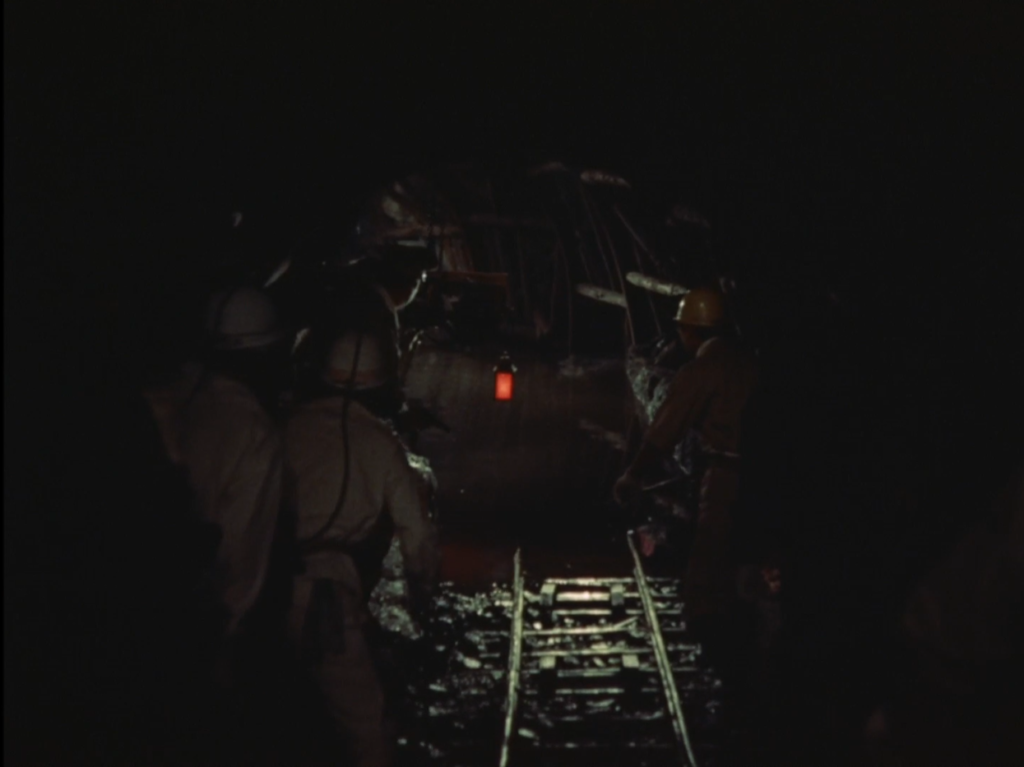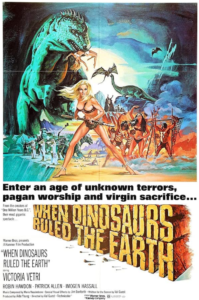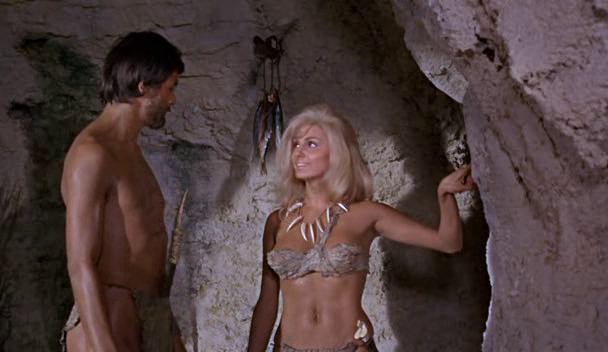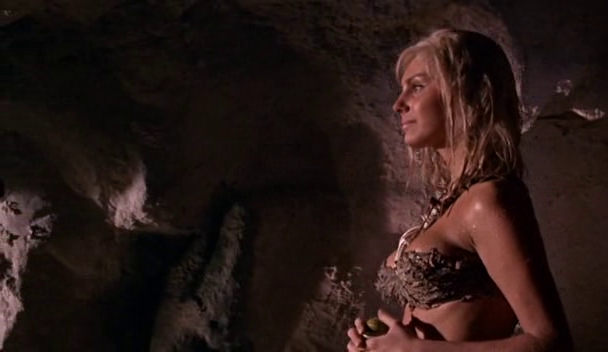|
Genres, Themes, Actors, and Directors:
- Carol Reed Films
- Claire Bloom Films
- Cold War
- James Mason Films
- Mistaken or Hidden Identities
- Refugees
Review:
The Third Man (1949) was such a success for director Carol Reed that his choice to make a similarly themed film just two years later (this time based on a screenplay by Harry Kurnitz and Eric Linklater, set in Berlin eight years before the construction of the Wall) seems to have colored critics’ perceptions. As in Jacques Tourneur’s Berlin Express (1948) — and, to a certain extent, Billy Wilder’s more satirical, American-centric A Foreign Affair (1948) — we’re presented with the stark reality of a traumatized, war-damaged German landscape.
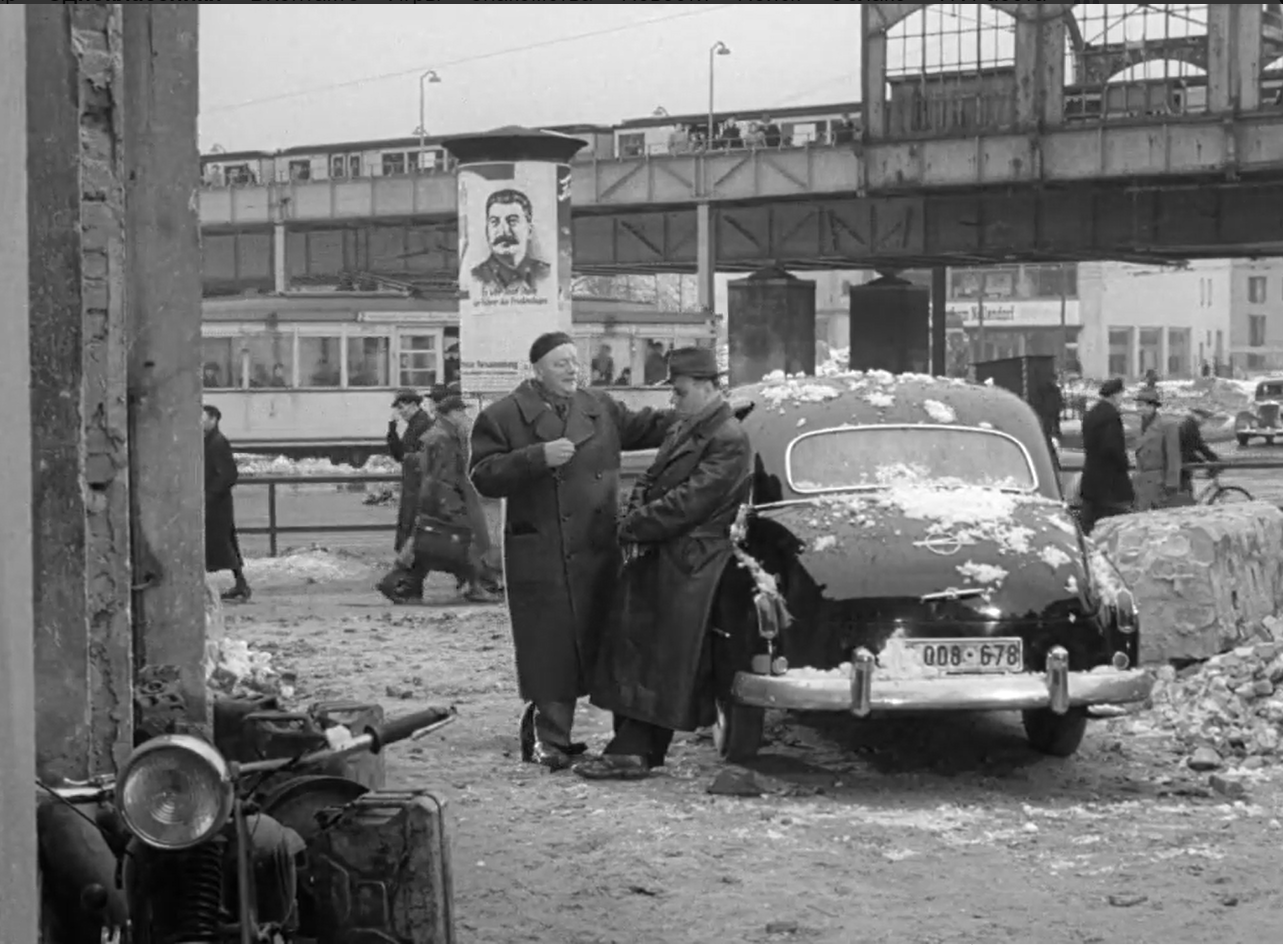
It’s clear from the opening scenes that Knef (who looks astonishingly like Ginger Rogers) is distressed and distracted about something, though we don’t know what:
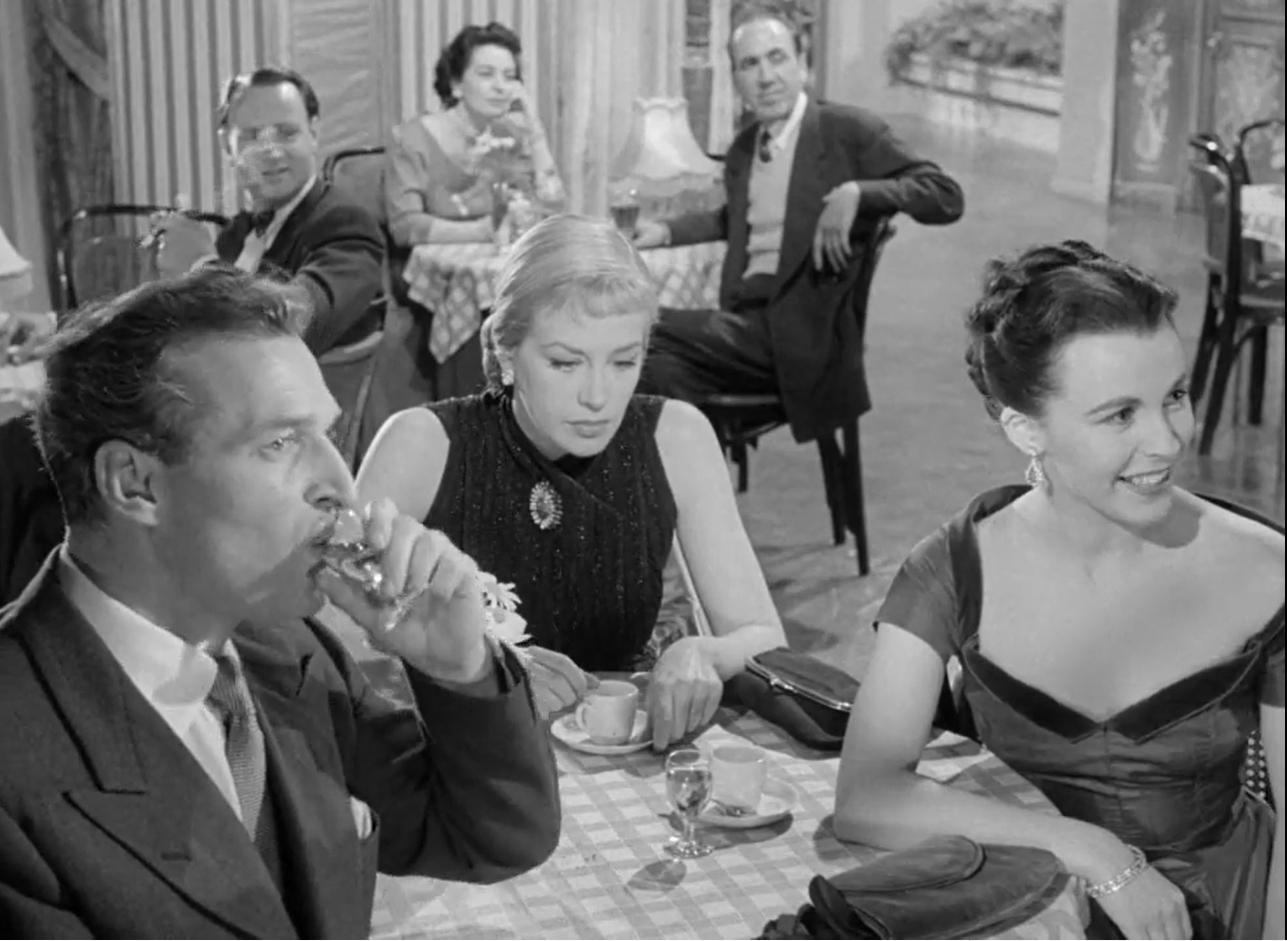
Meanwhile, her over-worked husband (Toone) is so busy helping refugees (shown here jam-packed in the background):

… that he doesn’t appear to notice his wife’s concerns. Once Mason enters the picture, we suspect we’ll begin to learn more about Knef’s past and his involvement in it — which we gradually do.

Following a key kidnapping sequence, however, the focus shifts away from Knef and towards Bloom, who seems to have fallen for Mason but isn’t sure who to trust or believe.
To say more would give away key elements of the twist-laden, at times Hitchcockian narrative, which merits watching without spoilers. Suffice it to say that Reed (with support from DP Desmond Dickinson) once again brings a particular city to life (as he did for Vienna in The Third Man, and [unnamed] Belfast in Odd Man Out), filling it with atmospheric sets and locations — including a meet-up in a skating rink:

… a stalking on snowy winter streets:
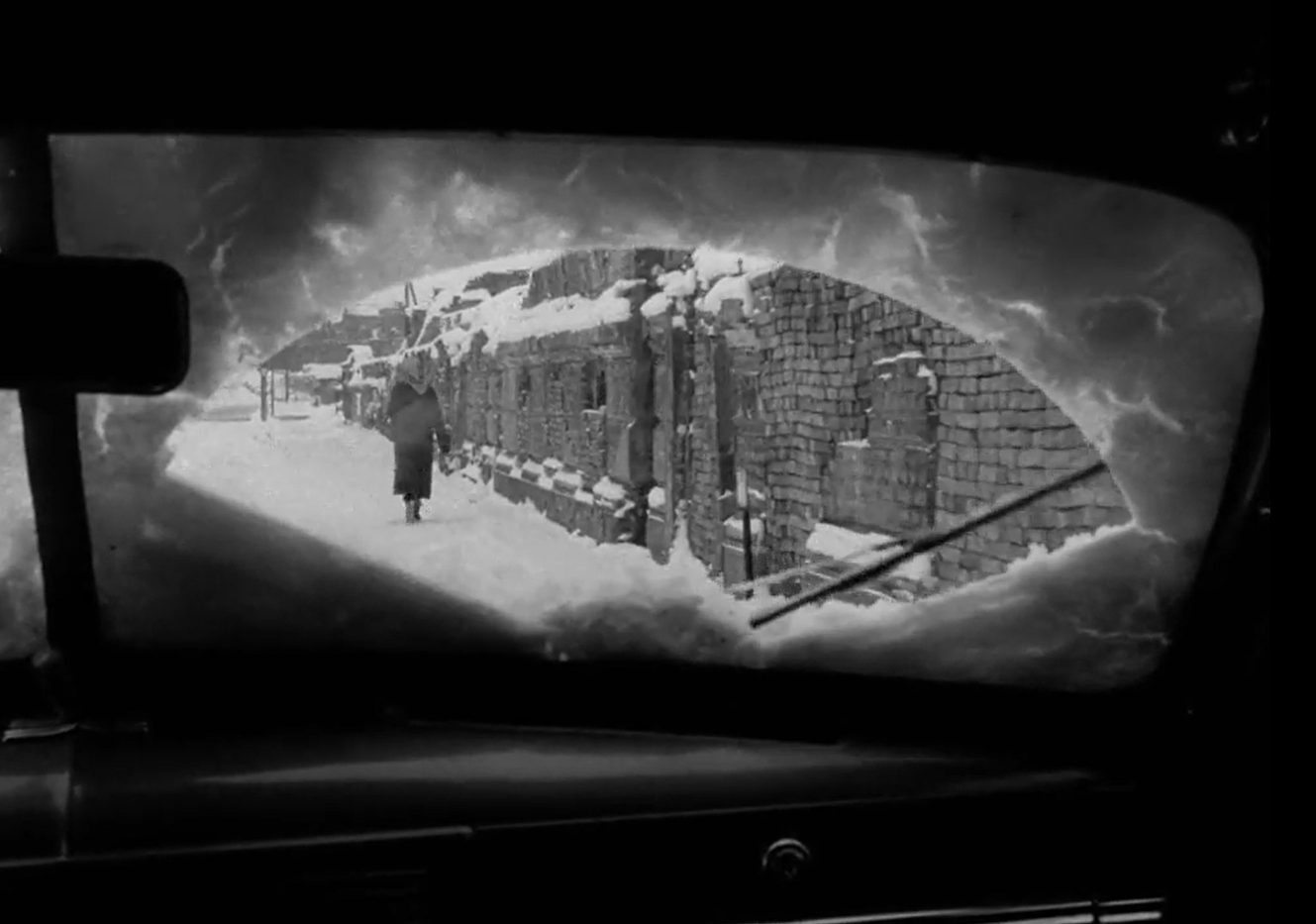
… an escape from an opera house:

… a clever ruse at a generator site:

… an encounter with a wary prostitute (Hilde Sessak):
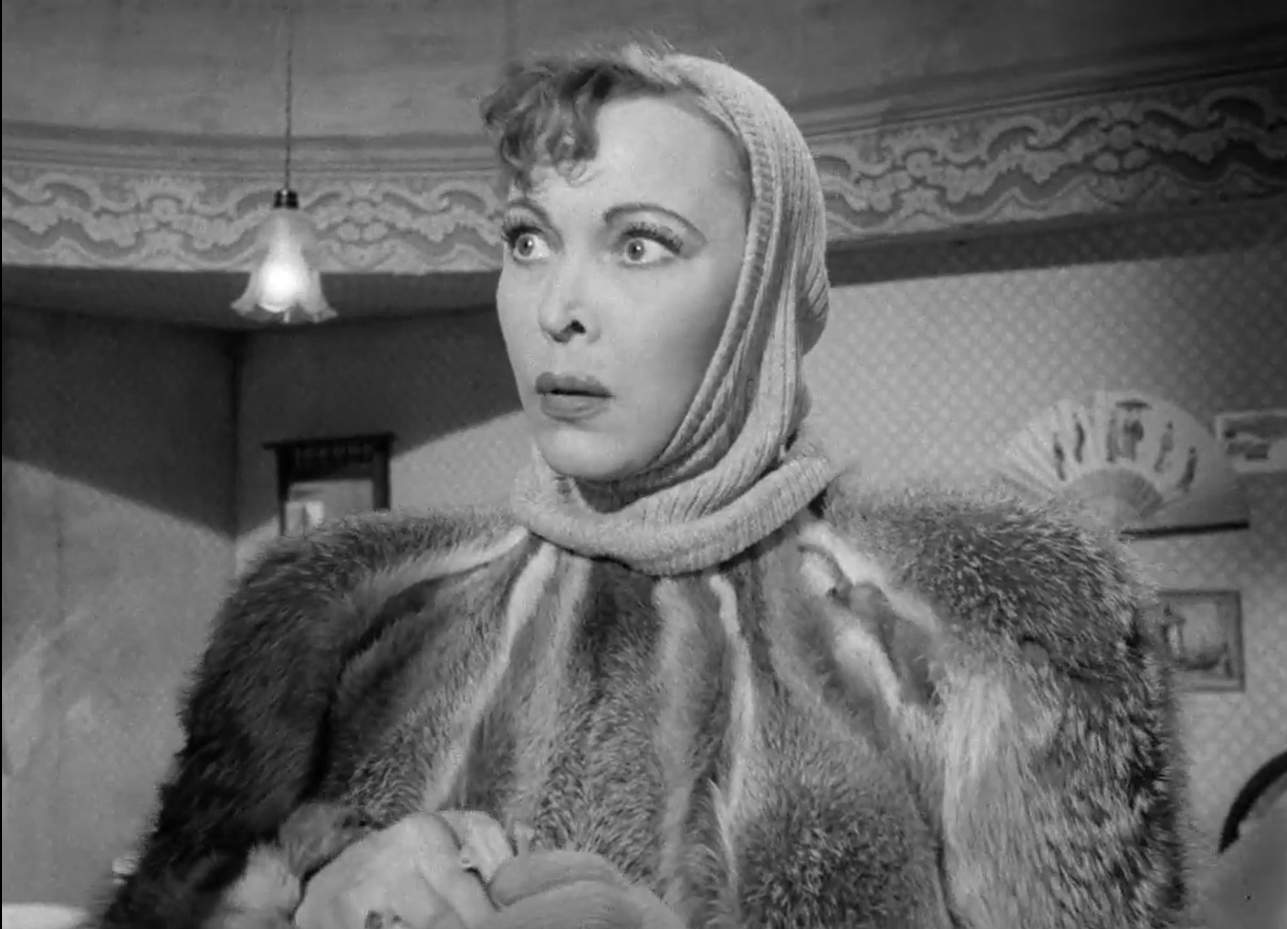
… and a tense climax at the border, among others:

This film remains well worth a look on its own merits, as long as viewers can resist comparing it to The Third Man.
Note: Having just watched a History Channel documentary about the Berlin Wall to help my older daughter with a school project, I found myself particularly interested in seeing how Berliners’ lives and loyalties might be portrayed at the time this film was made — and to me, Reed’s depiction rings reasonably true (albeit with plenty of added atmosphere and adventure and romance). Just fyi, the Wall was constructed in 1961 to physically prevent Eastern Bloc citizens from fleeing to the West in droves, as we see happening in this film:
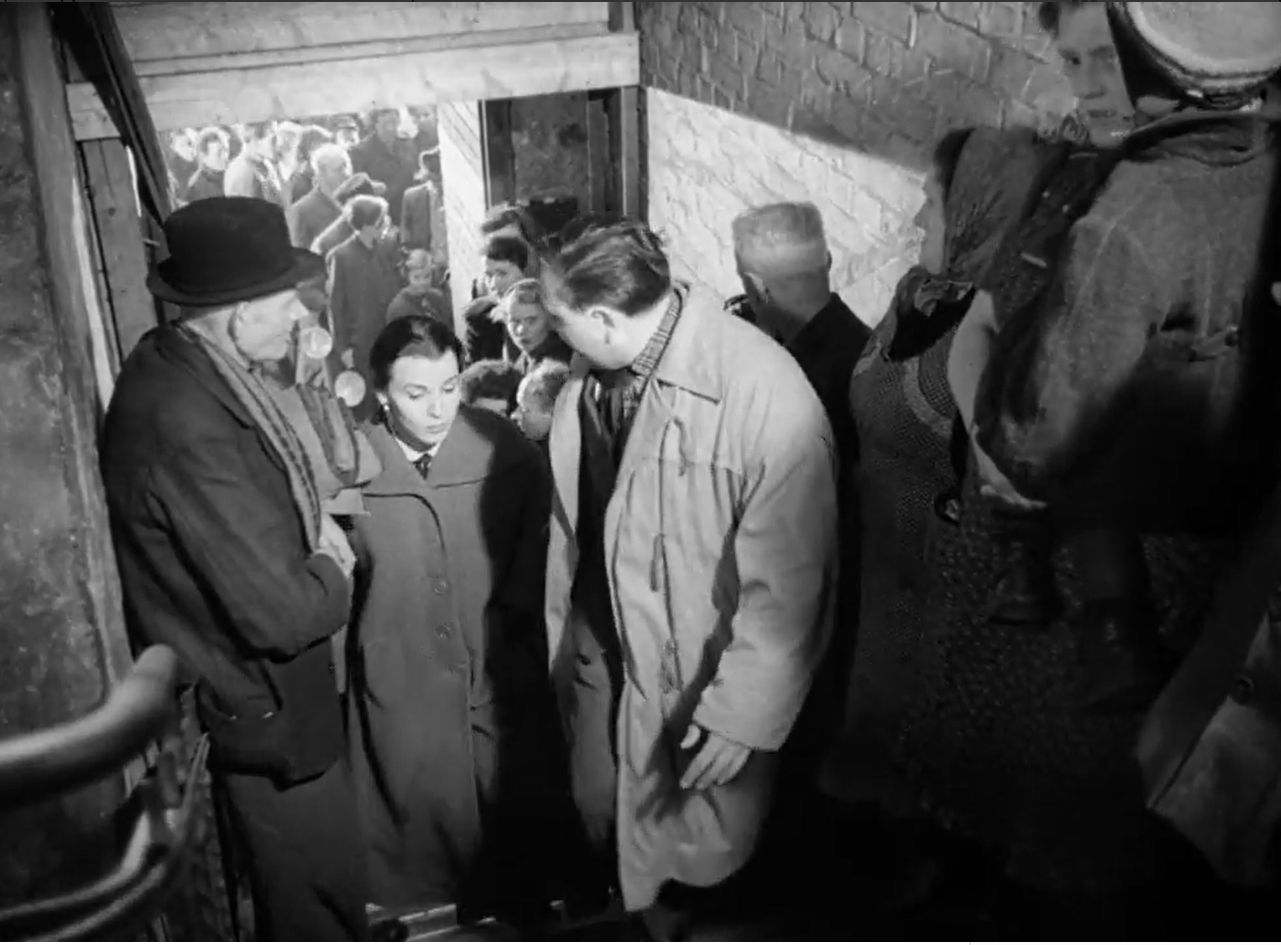
The Wall went through several iterations of increasing solidity and oversight until finally… it was torn down (starting in 1989) at the first indication this was possible.
Notable Performances, Qualities, and Moments:
- James Mason as Ivo
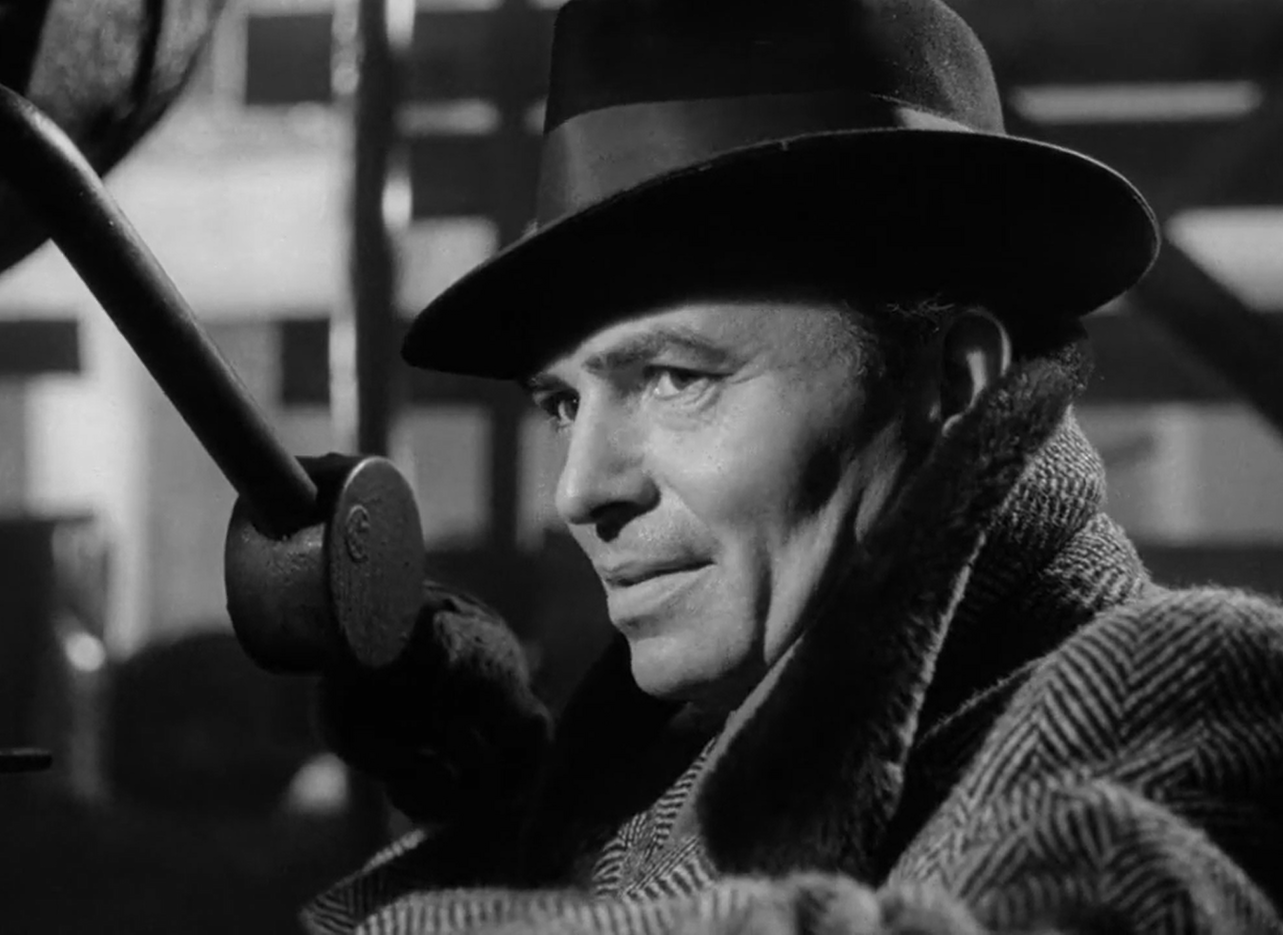
- Claire Bloom as Susanne
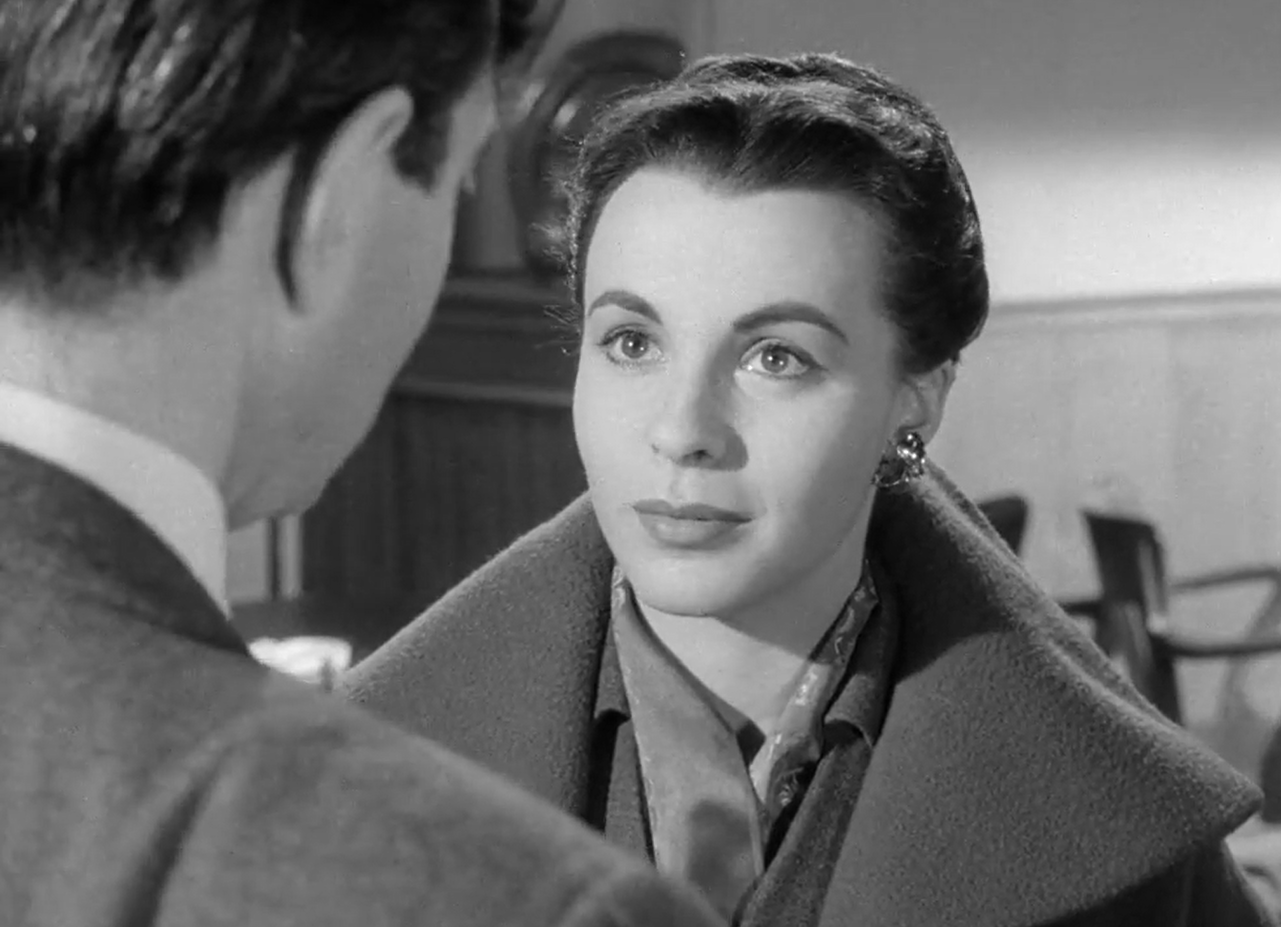
- Fine location shooting in Berlin
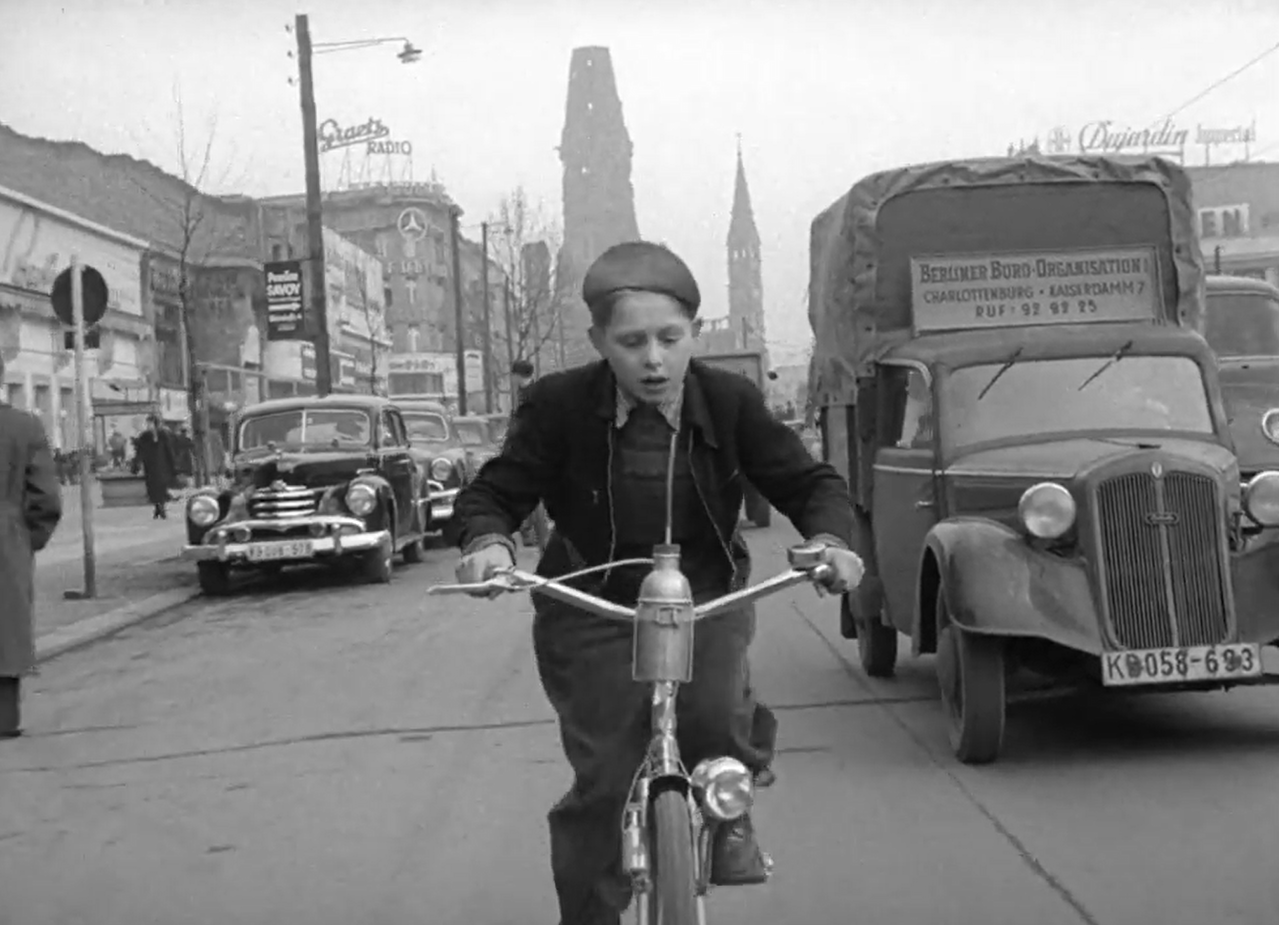
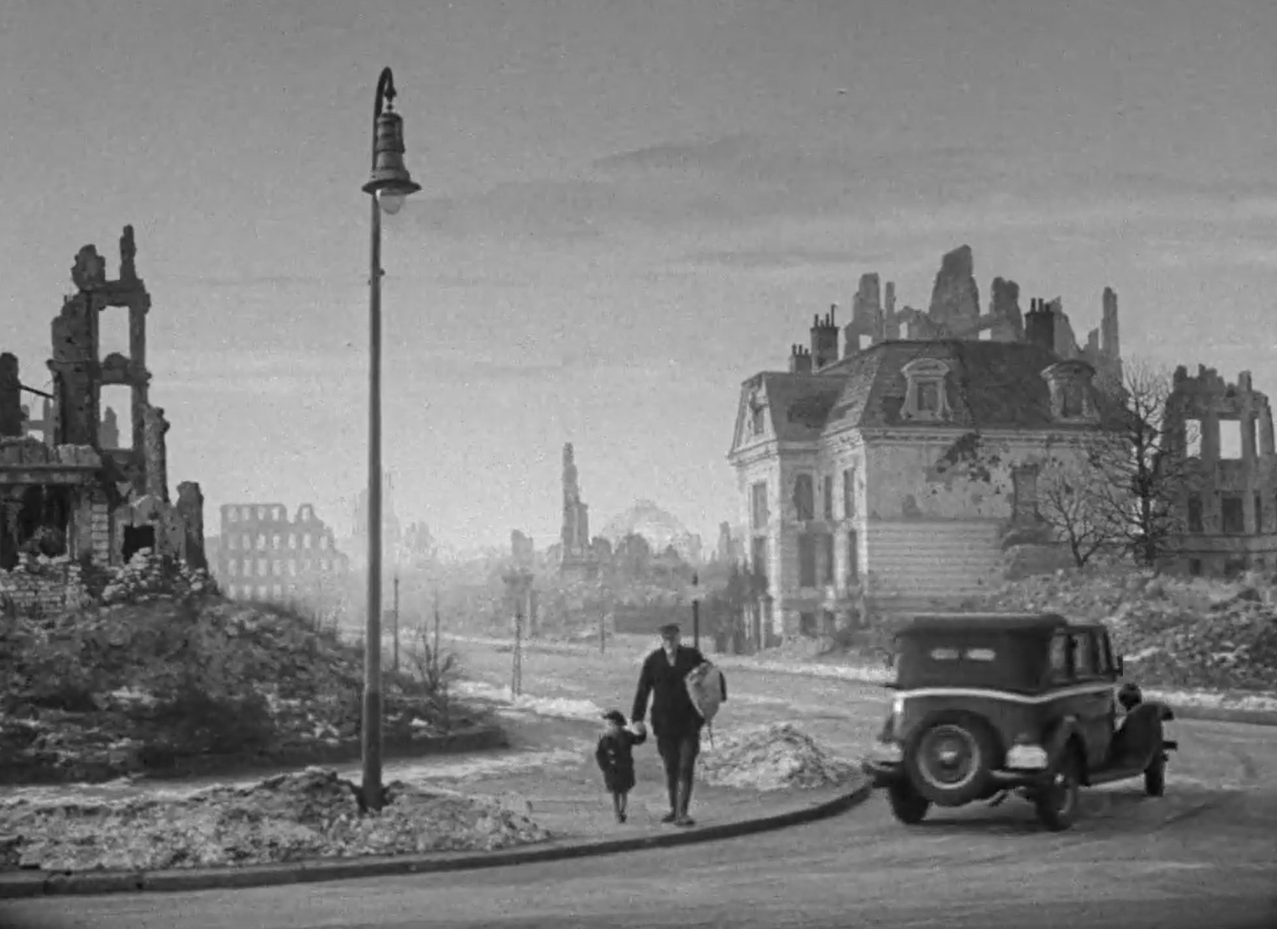

- Desmond Dickinson’s cinematography


Must See?
Yes, as a well-crafted outing by a master director.
Categories
Links:
|


